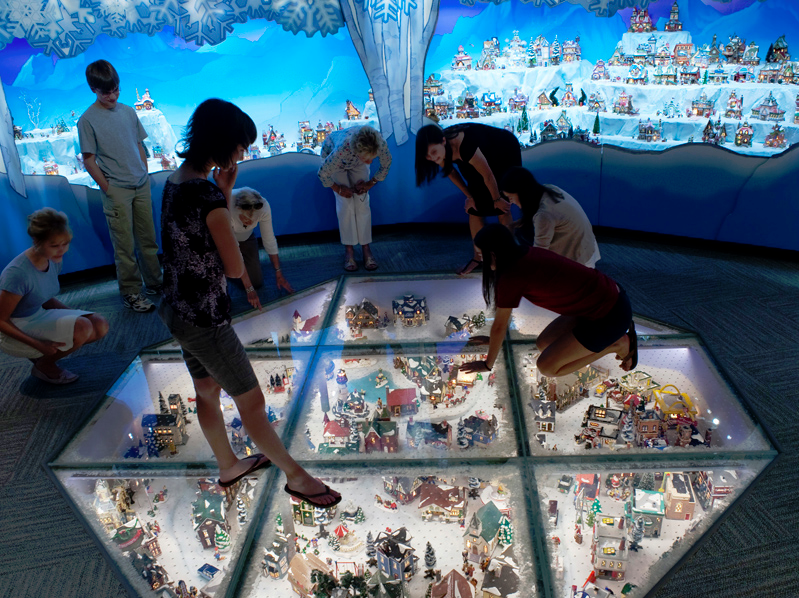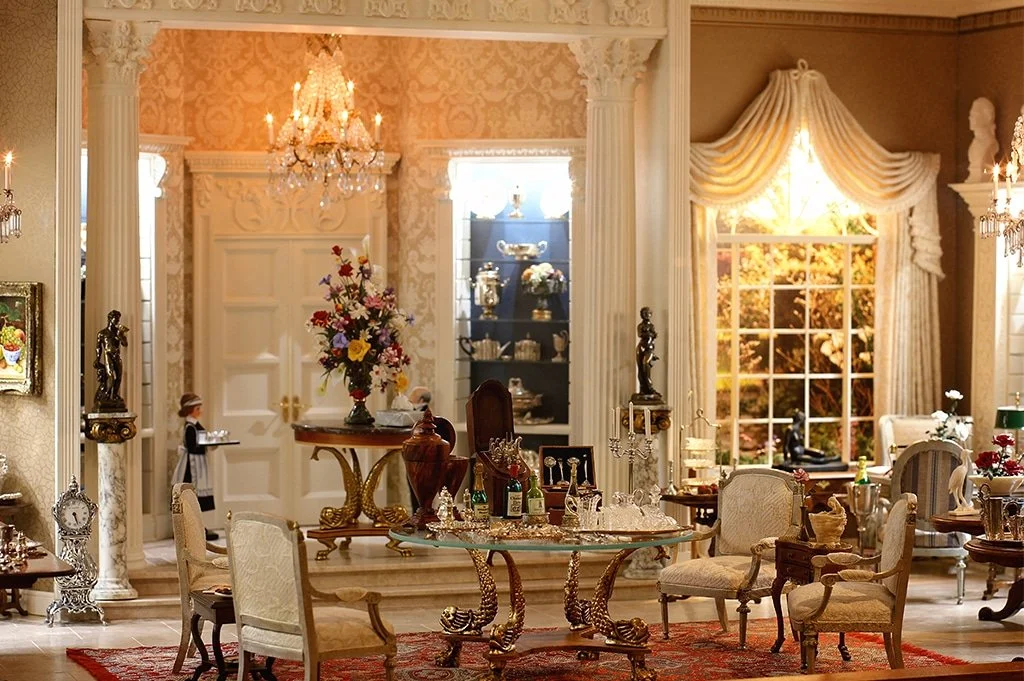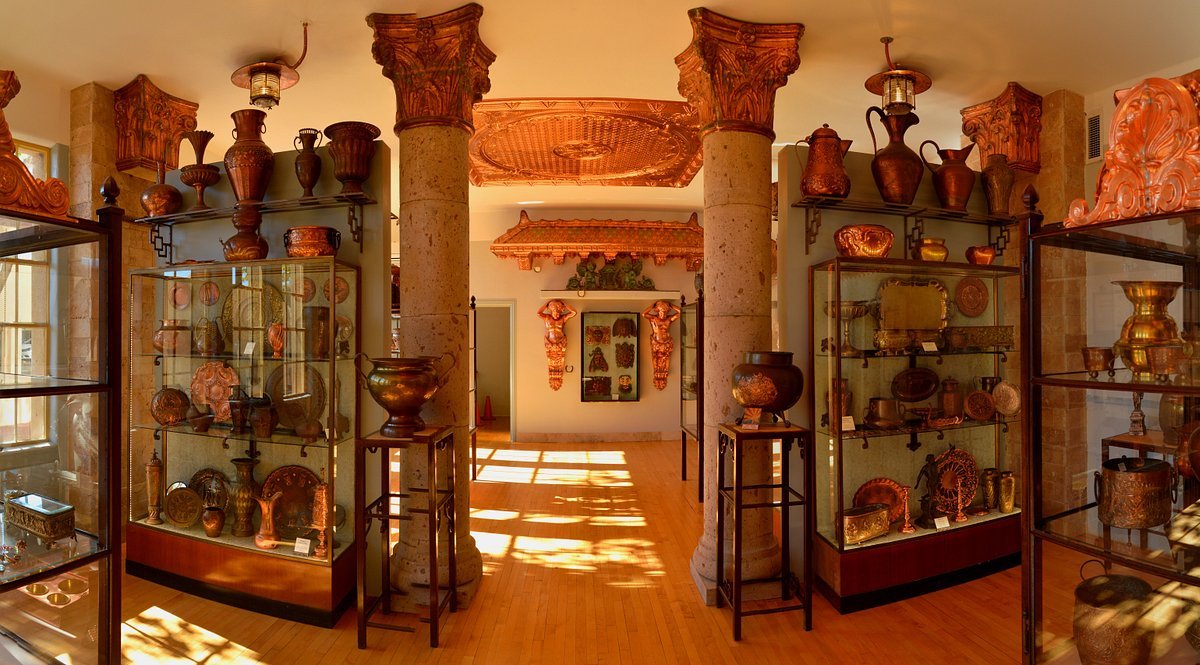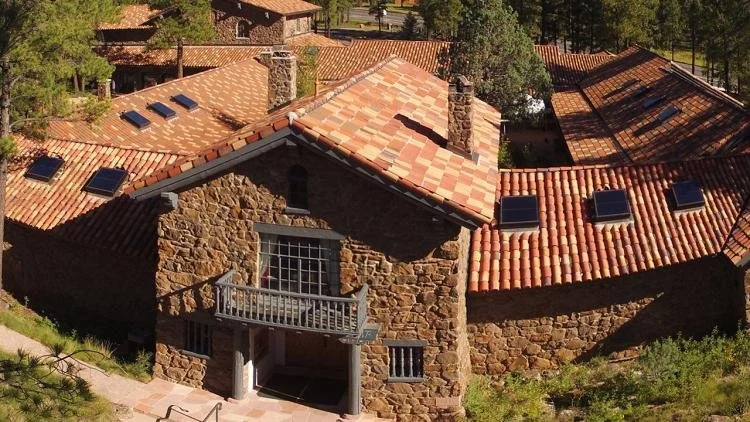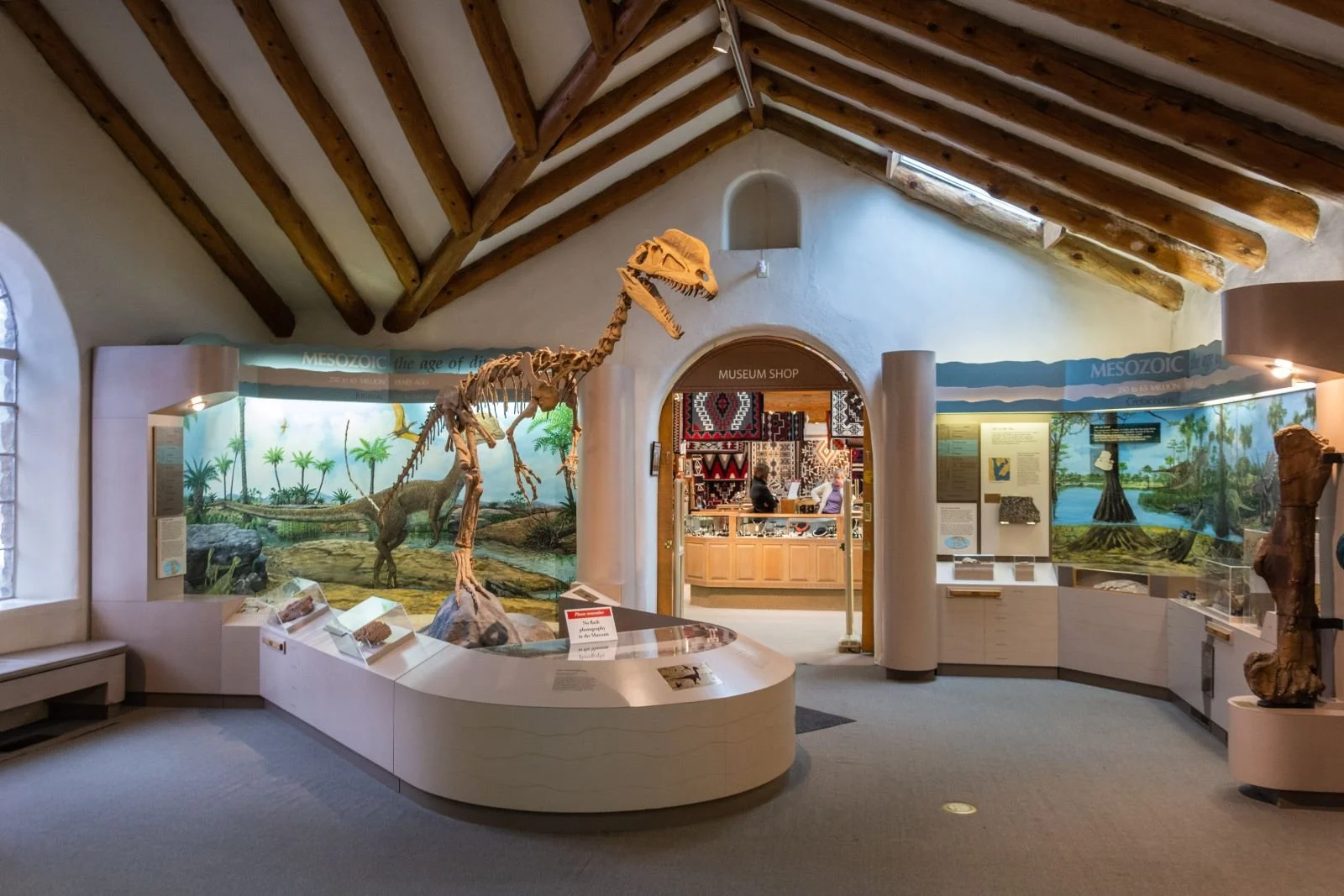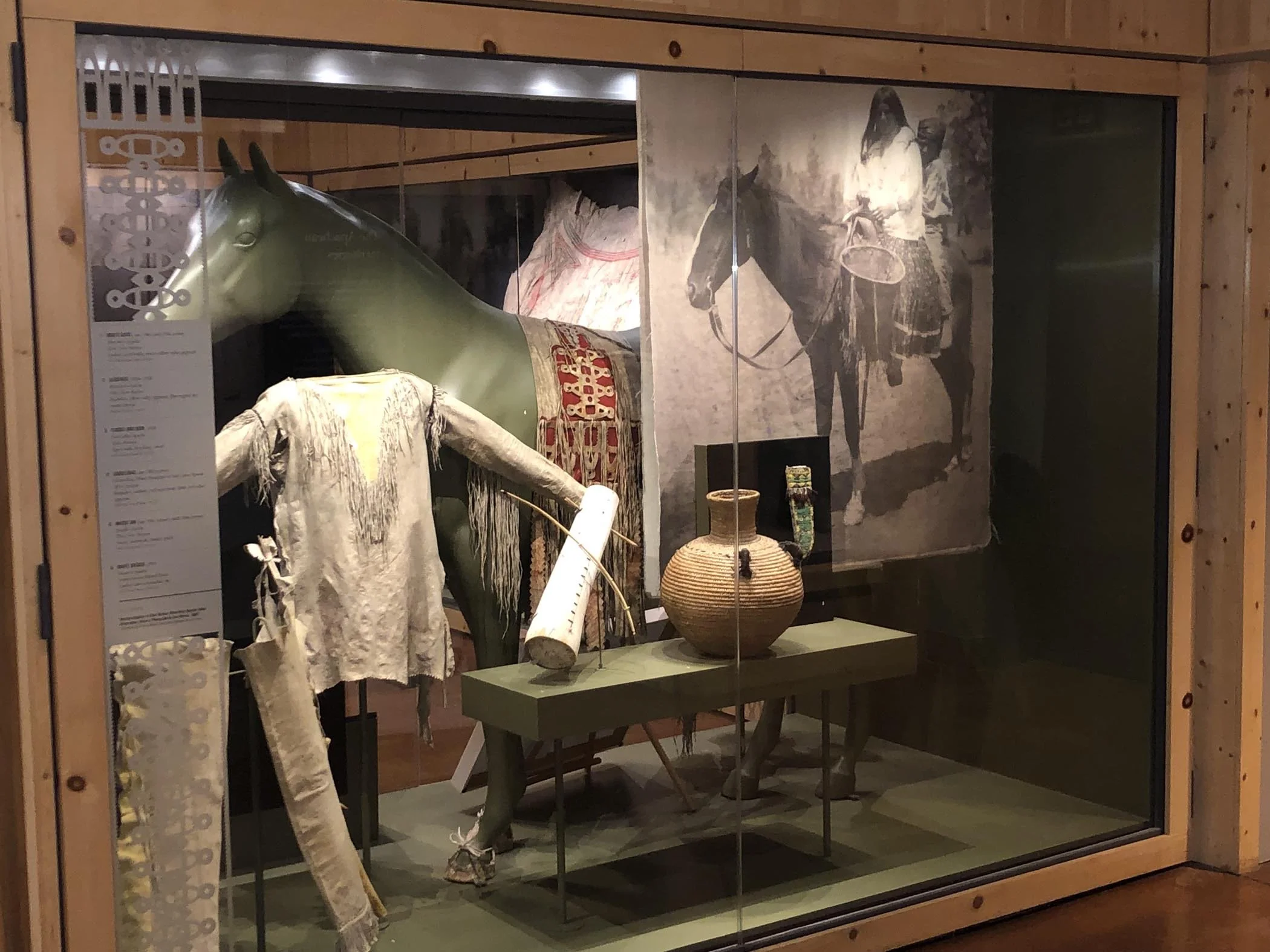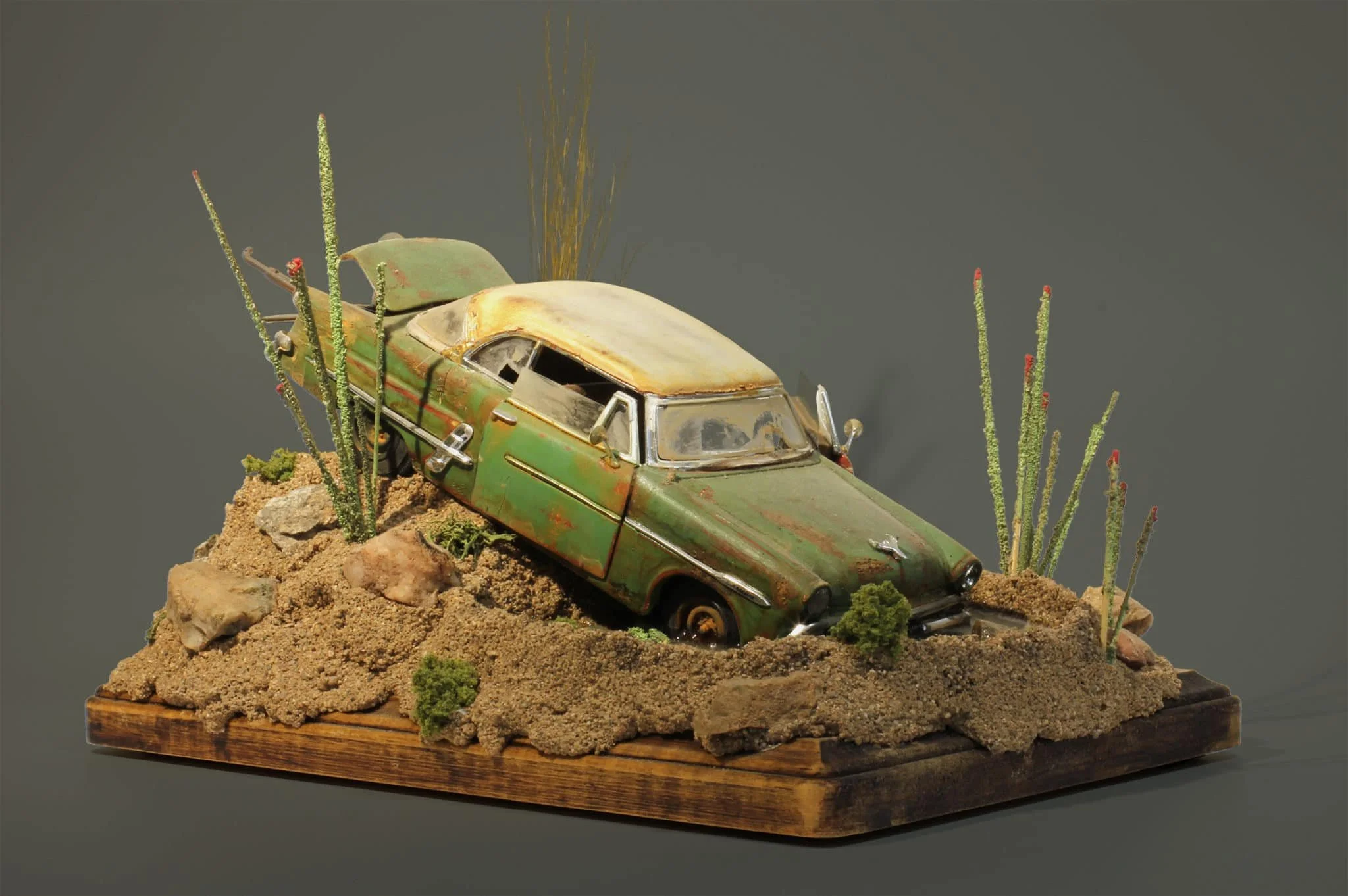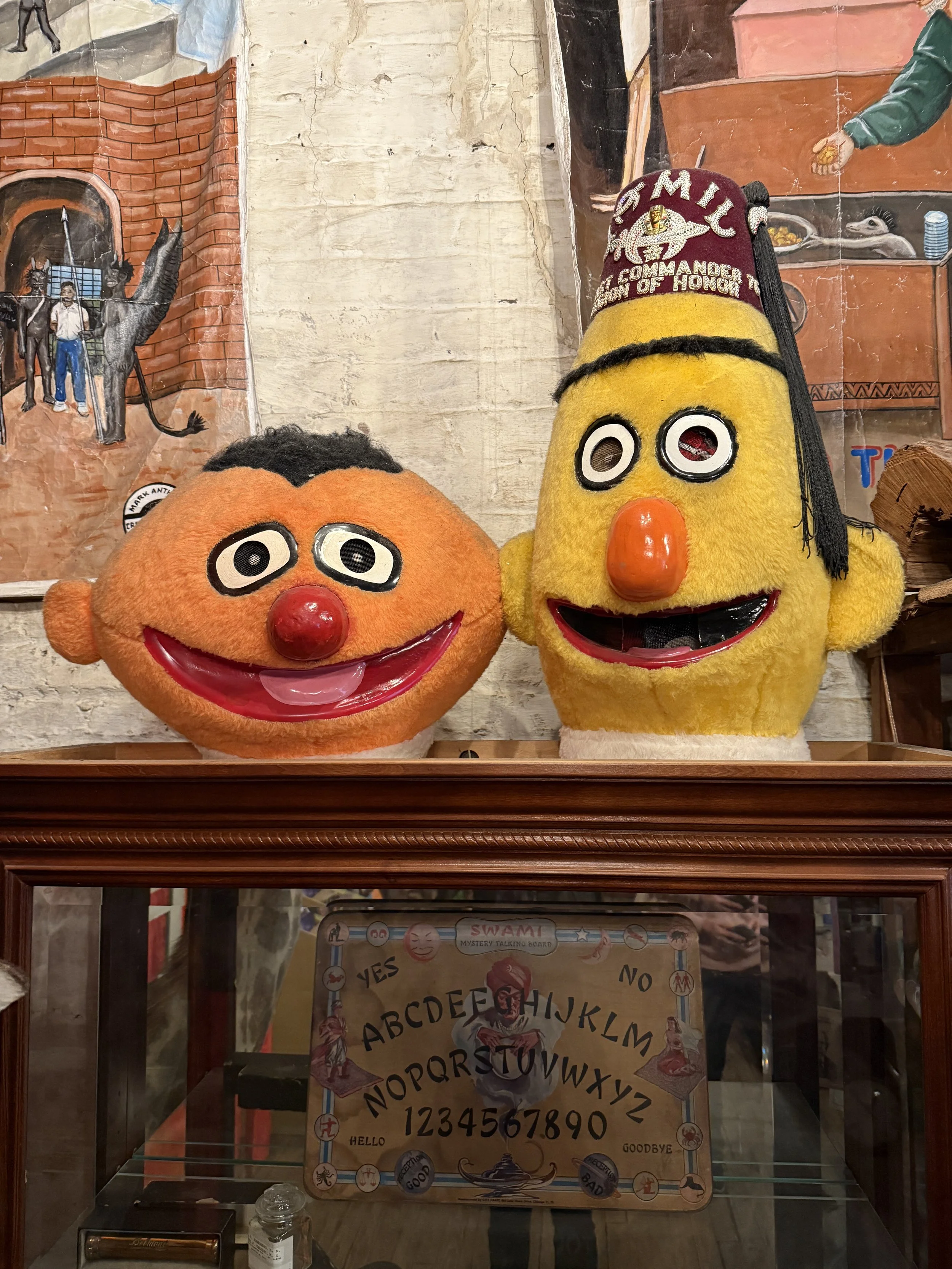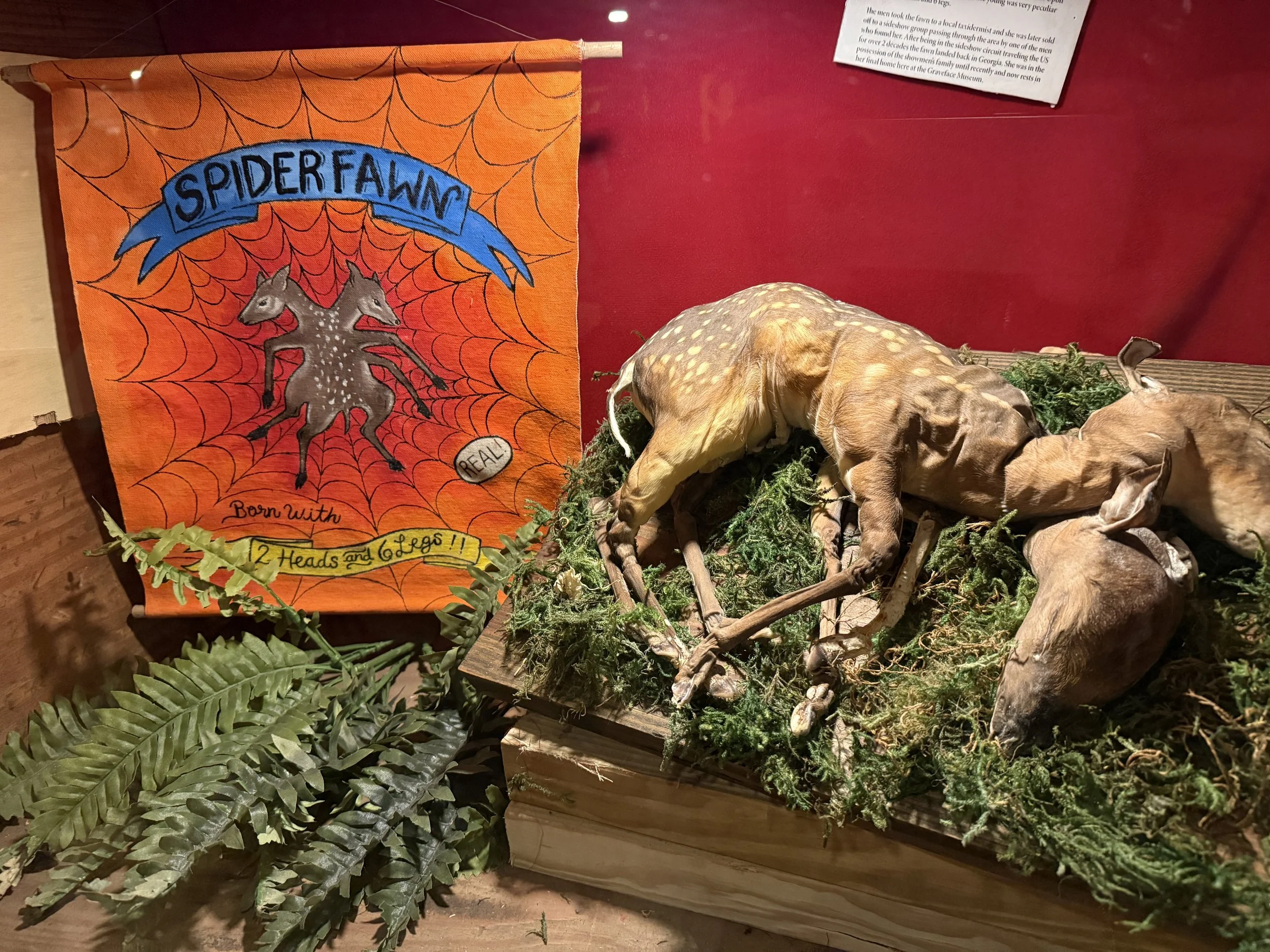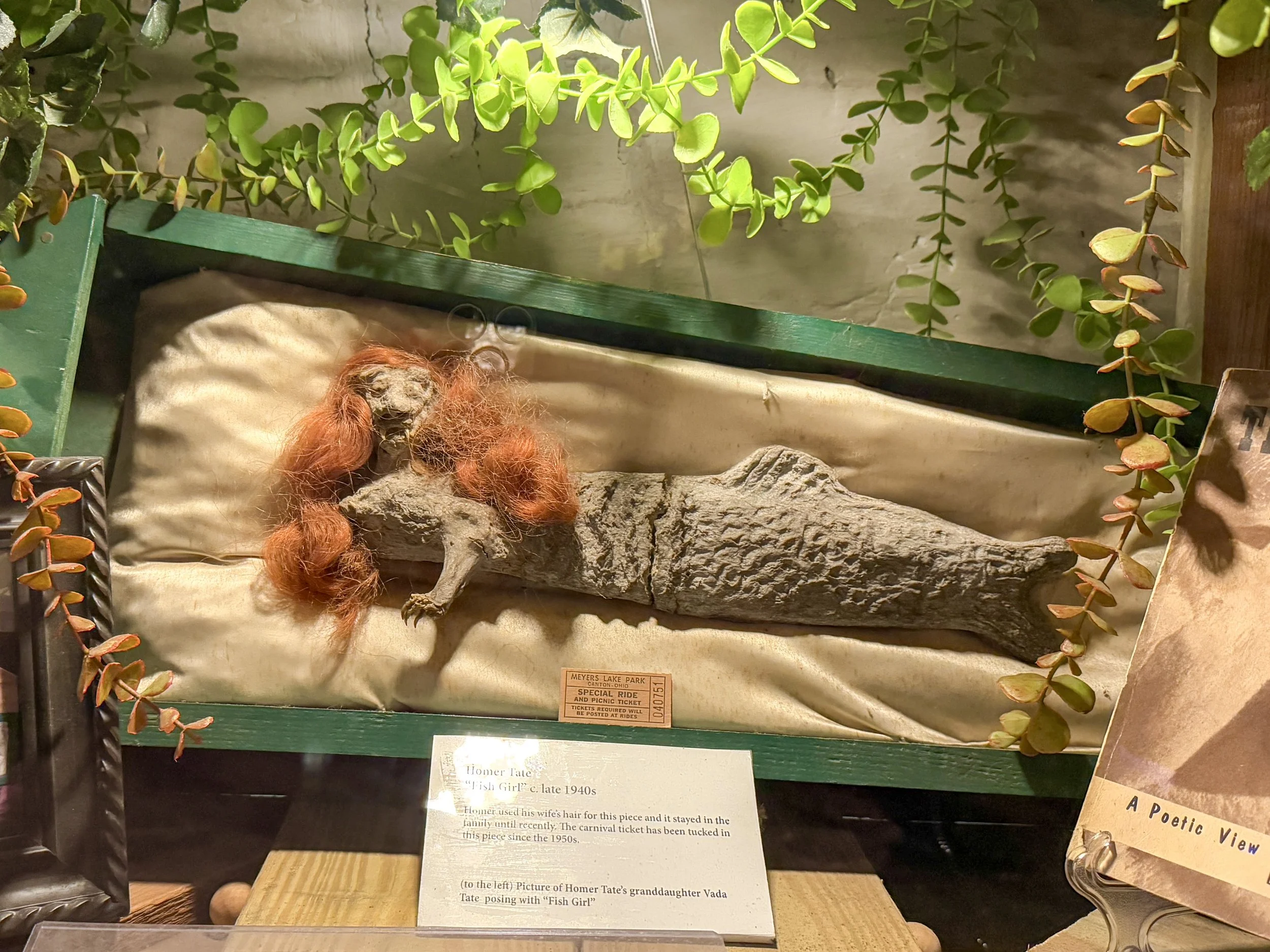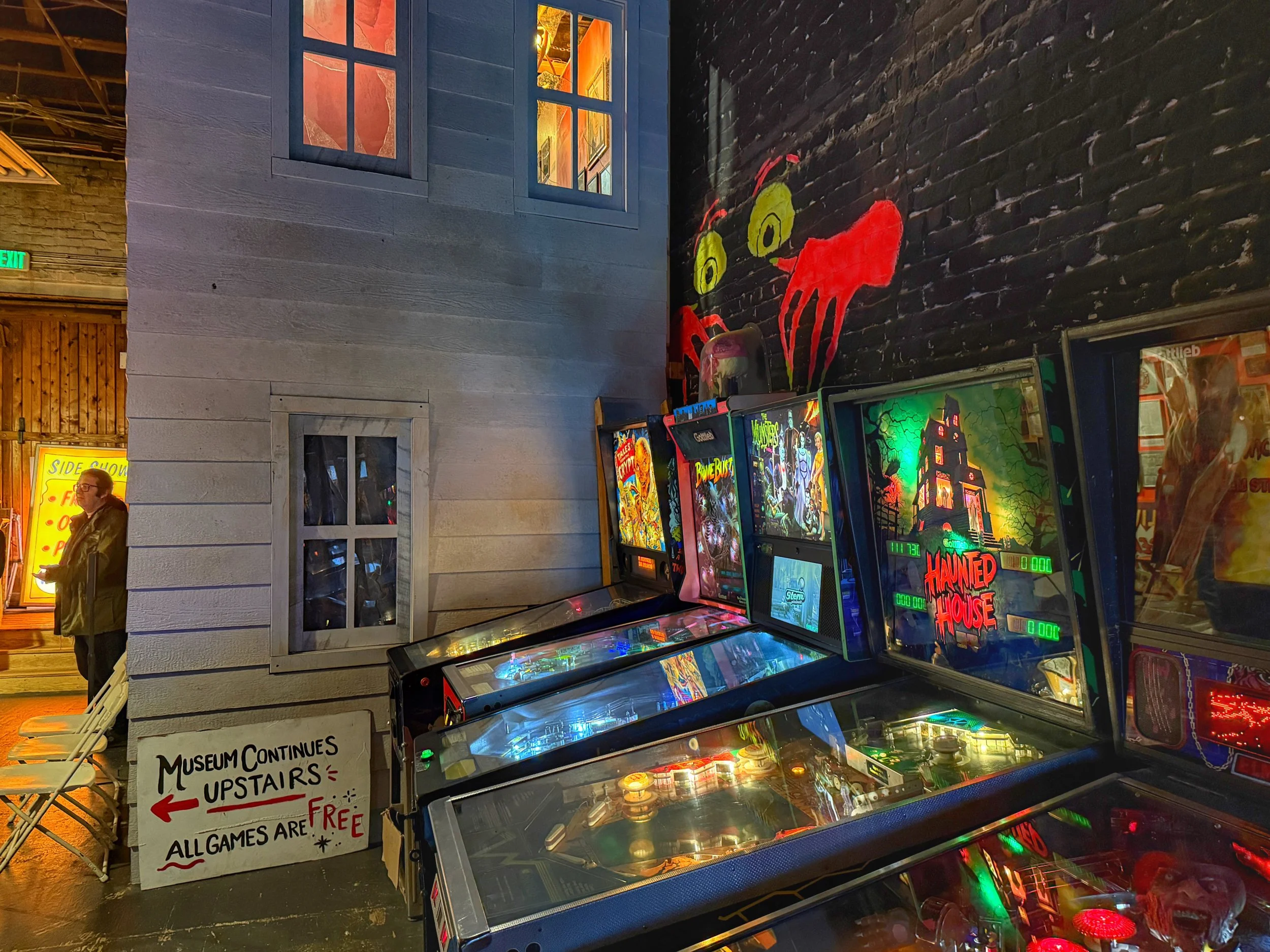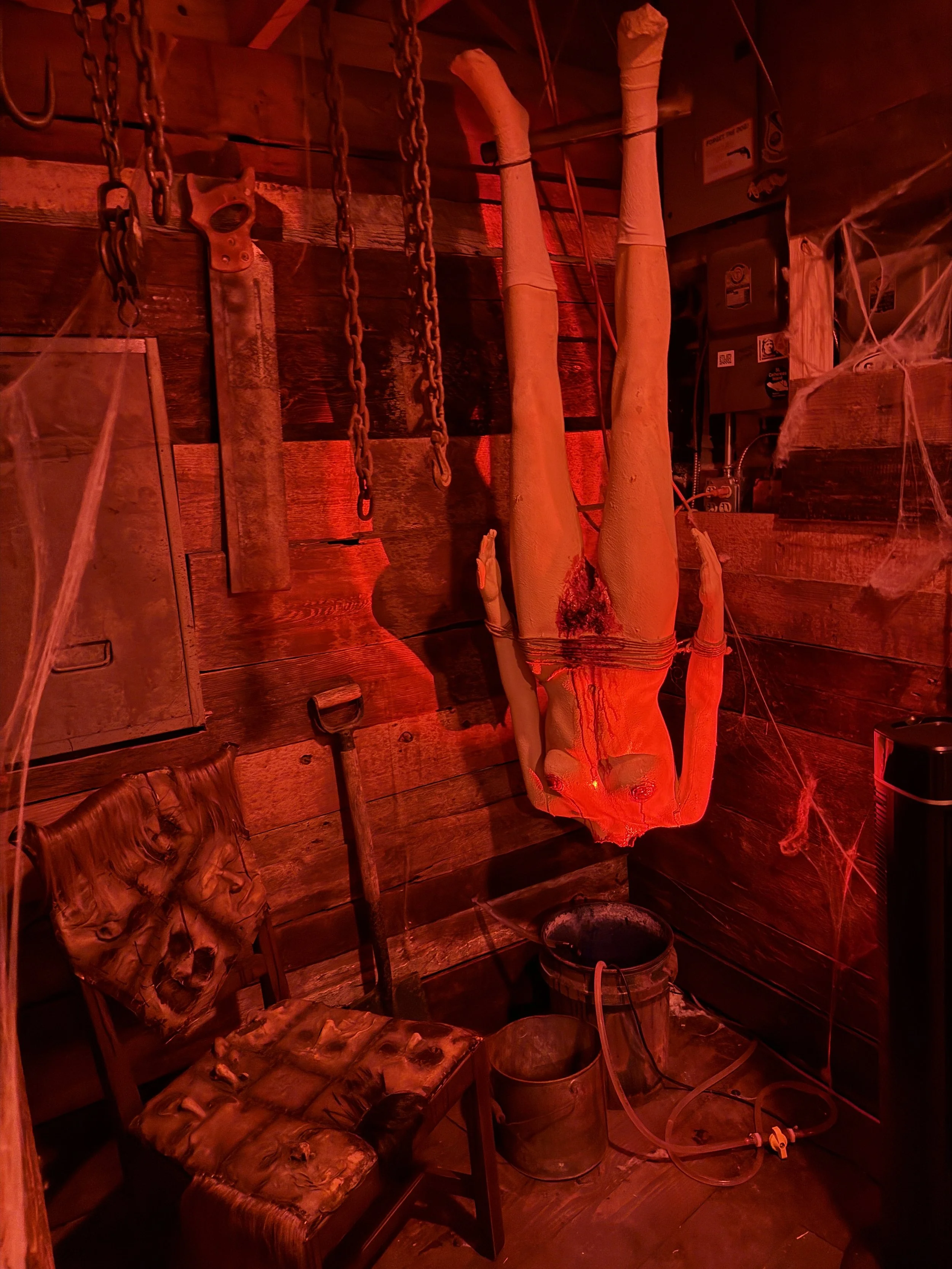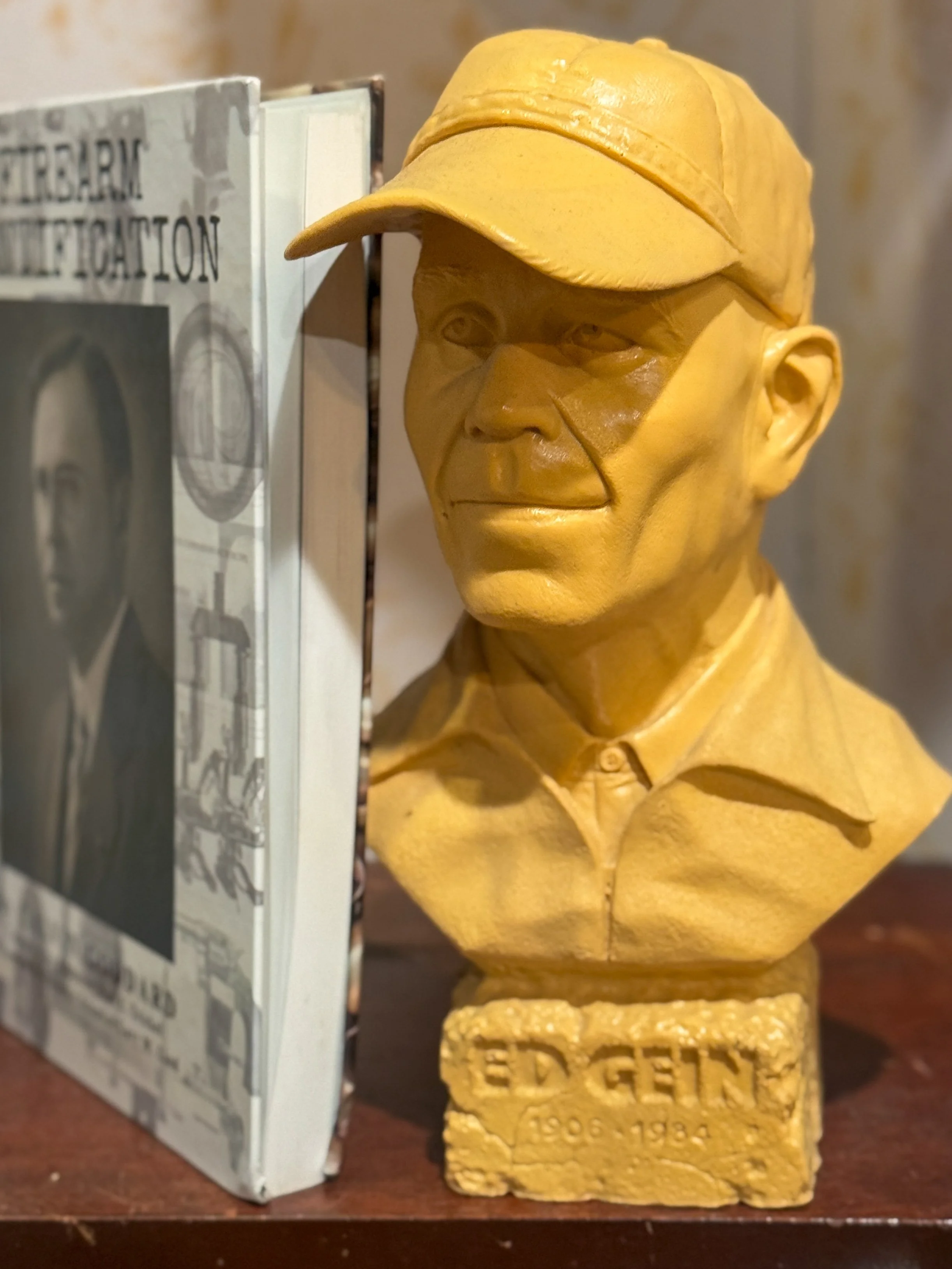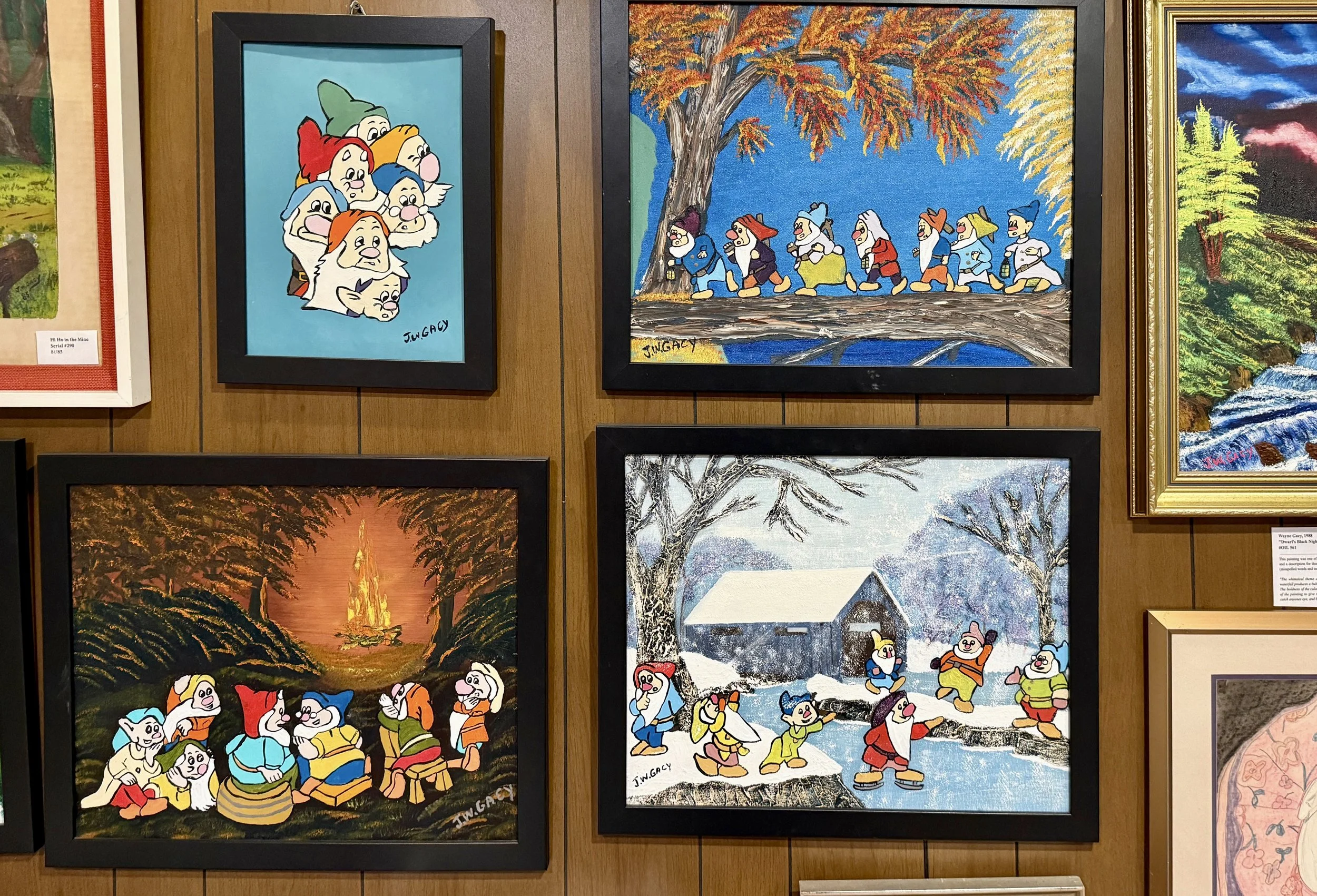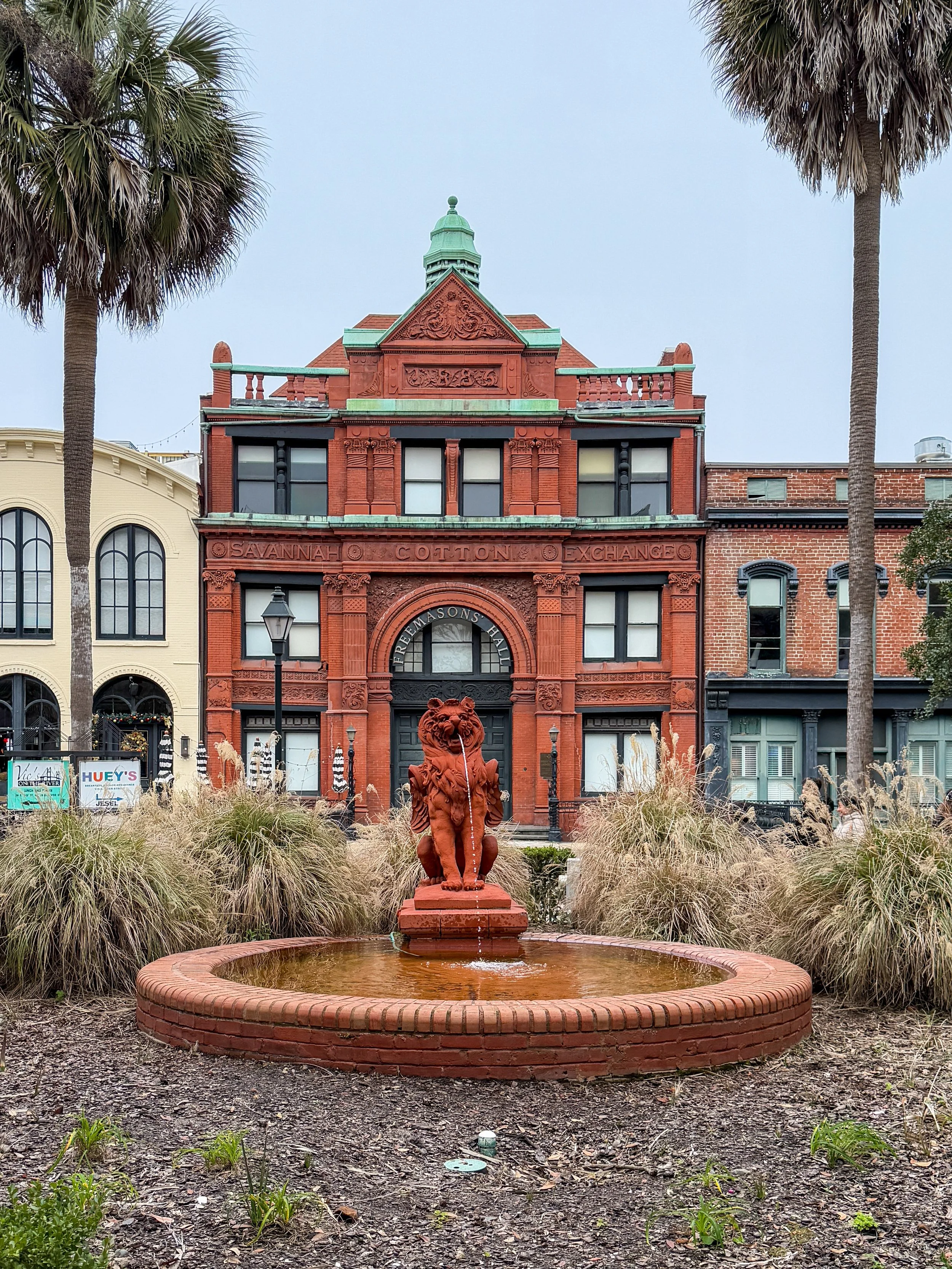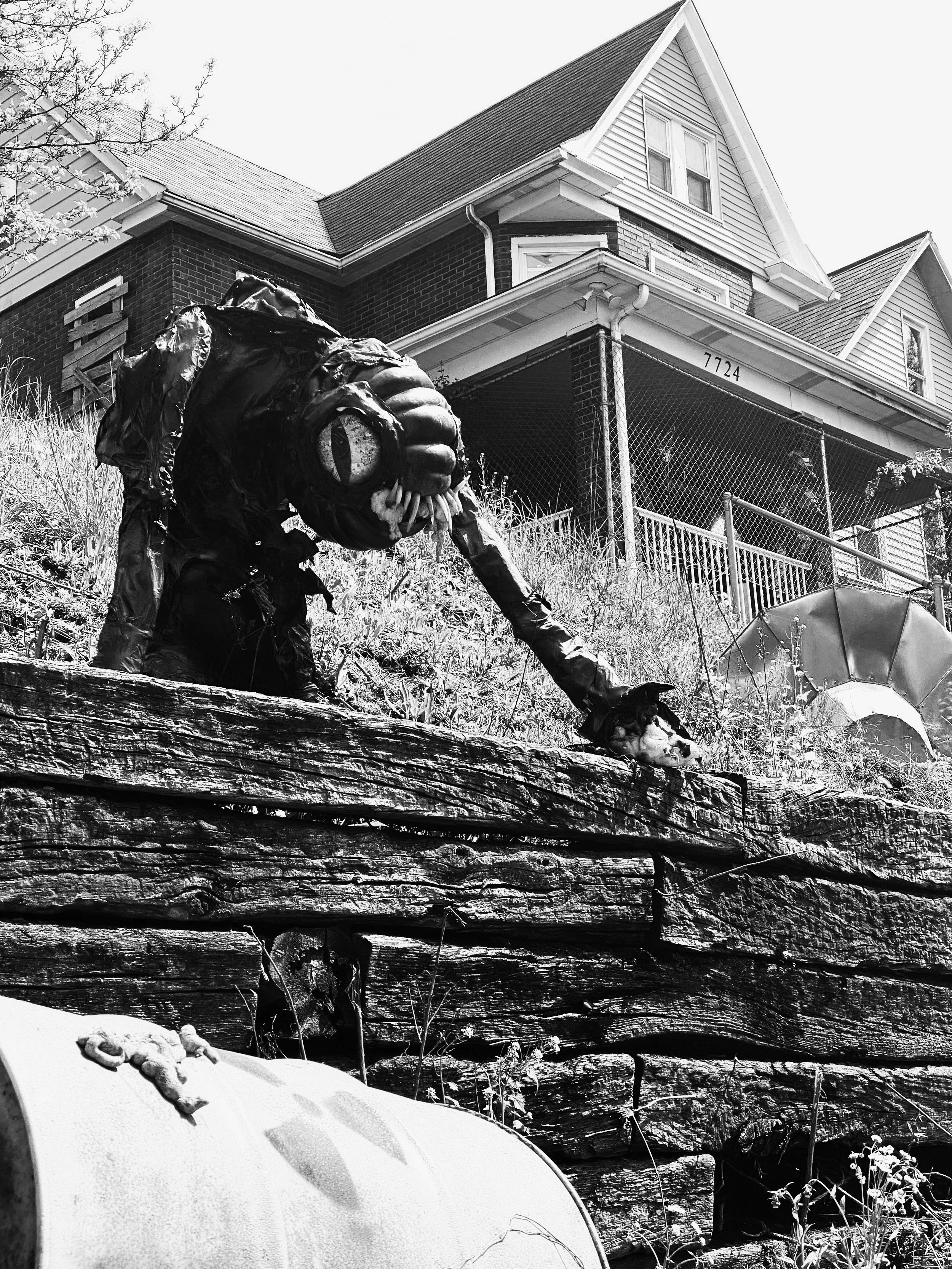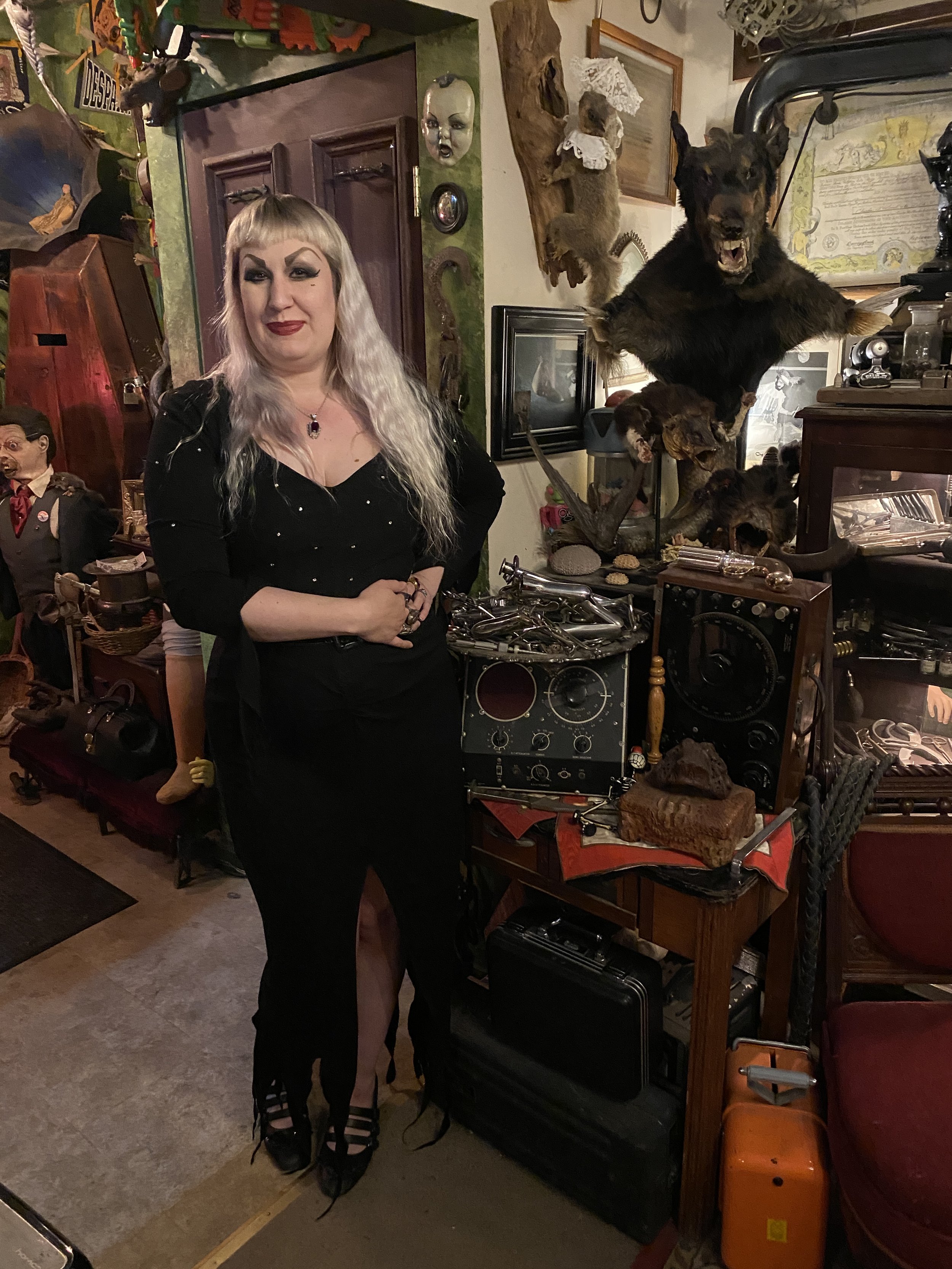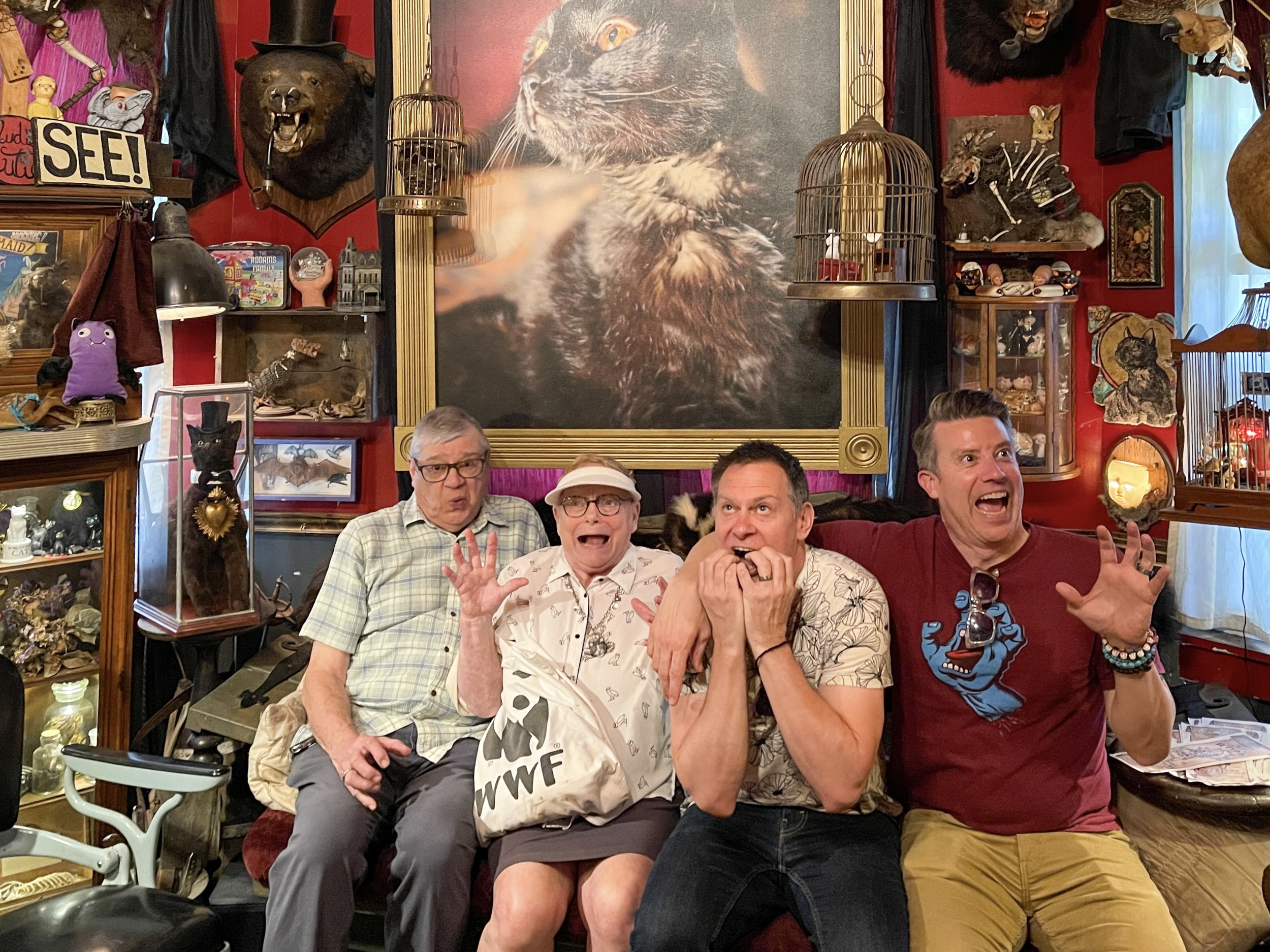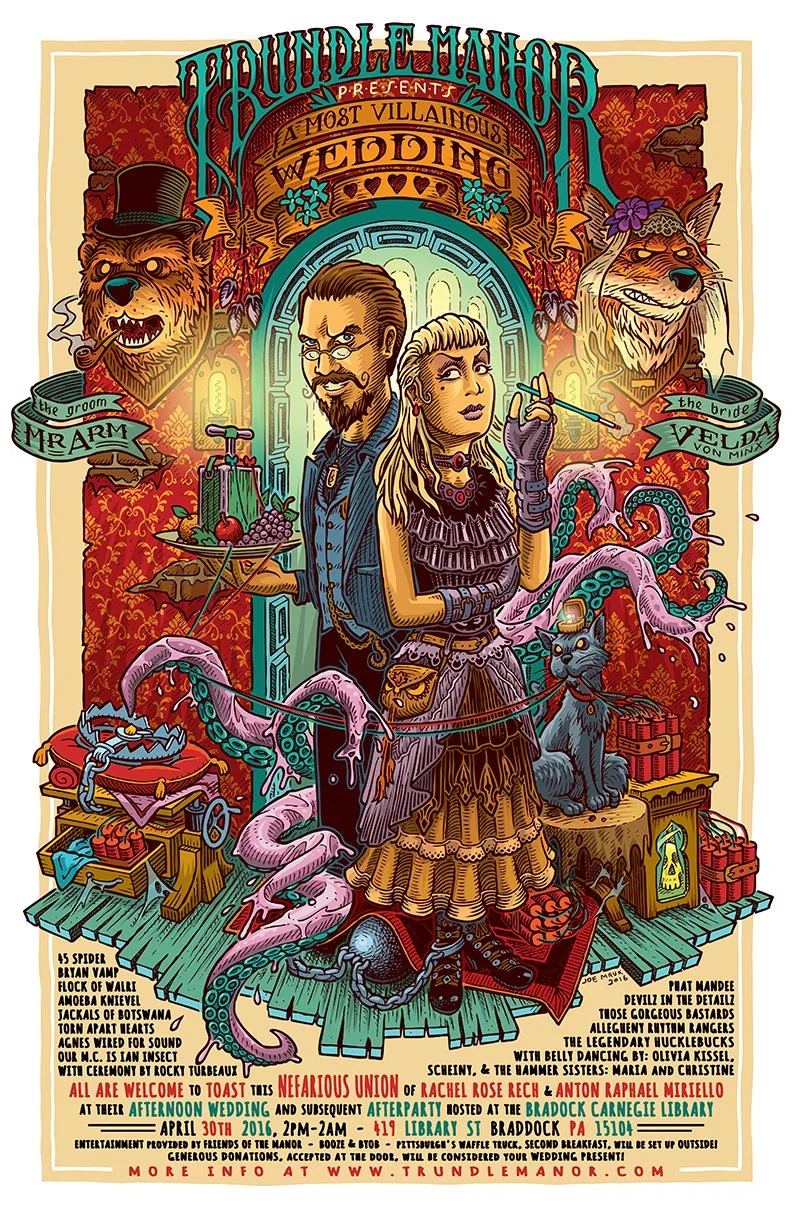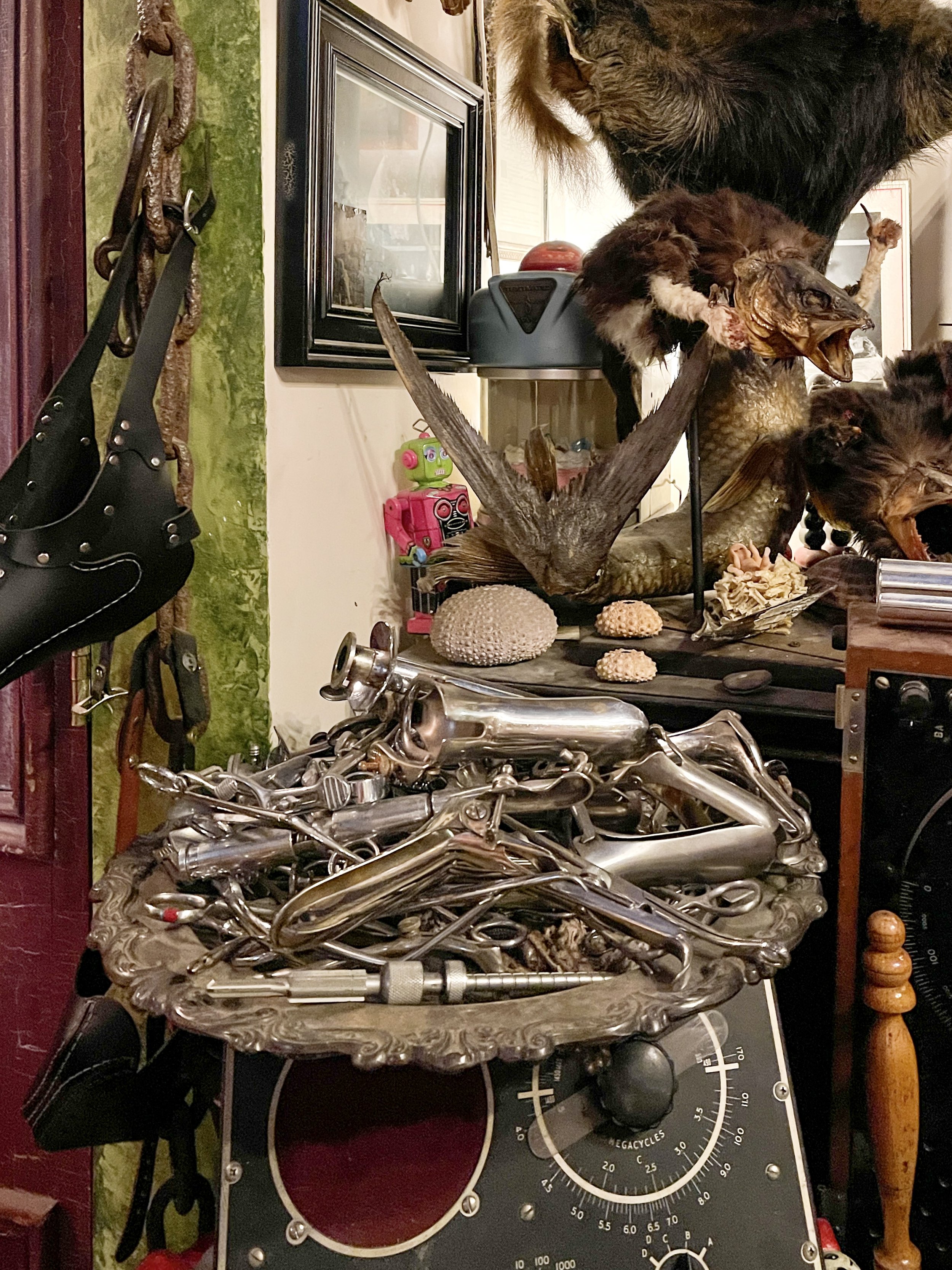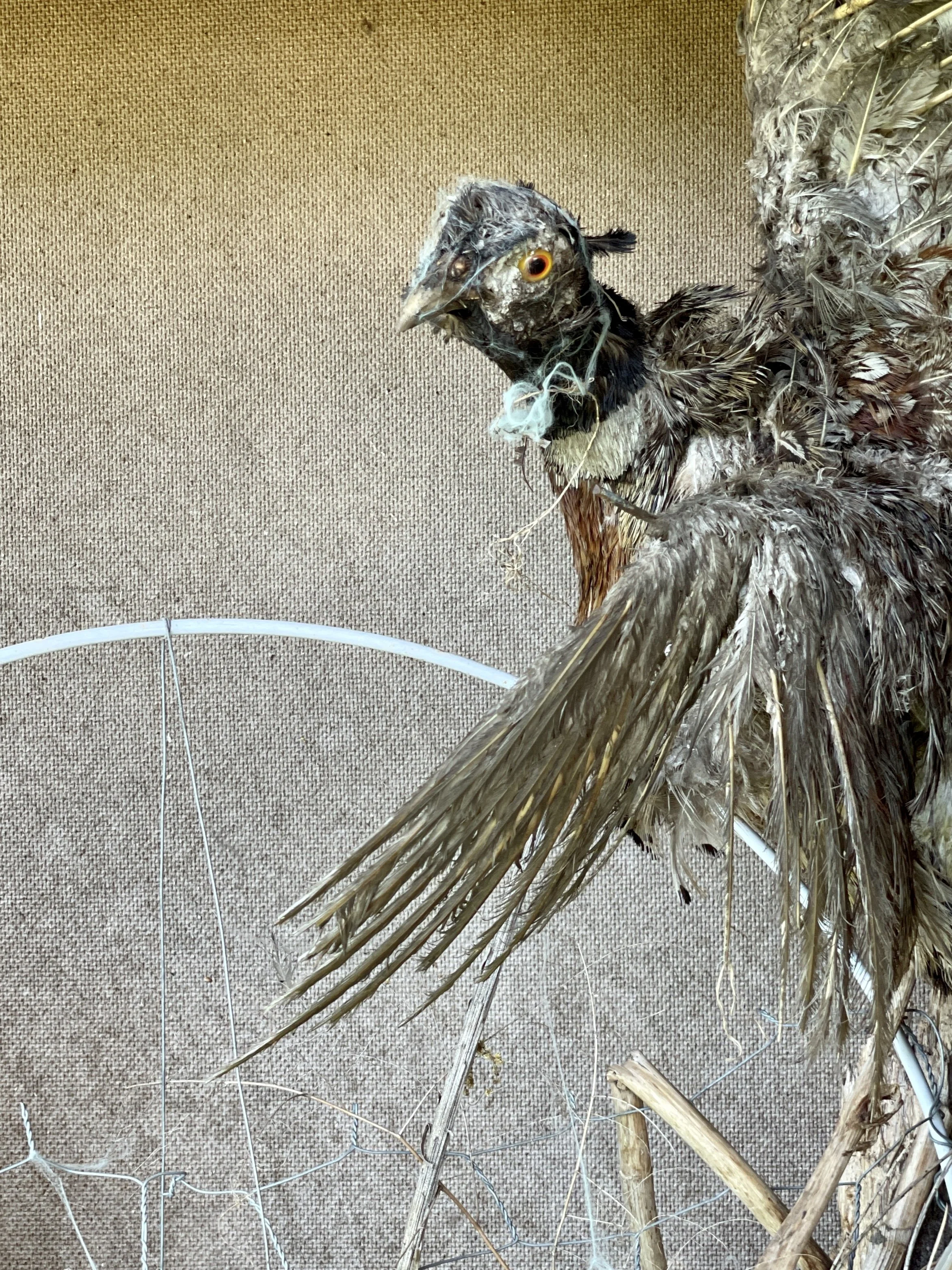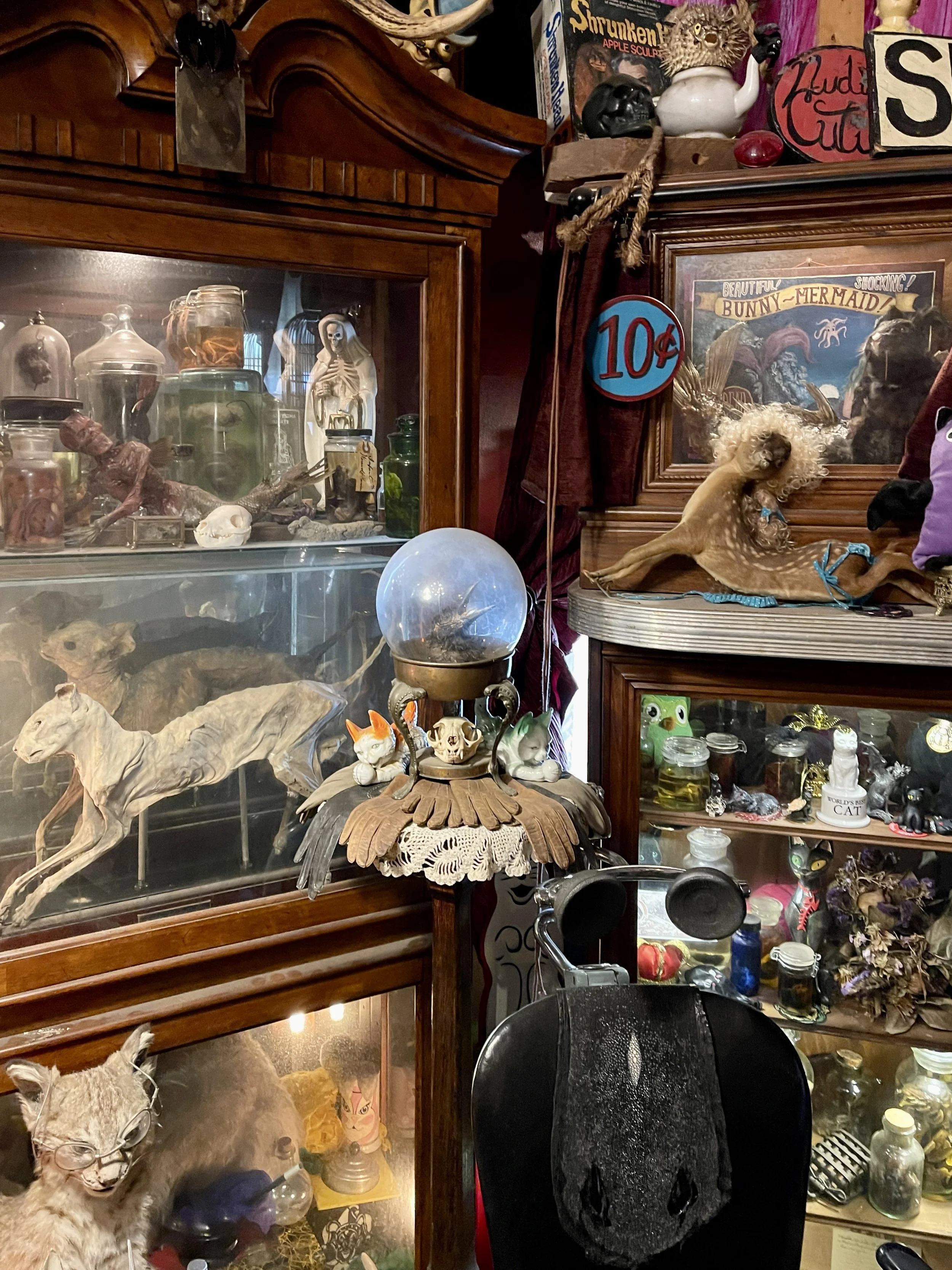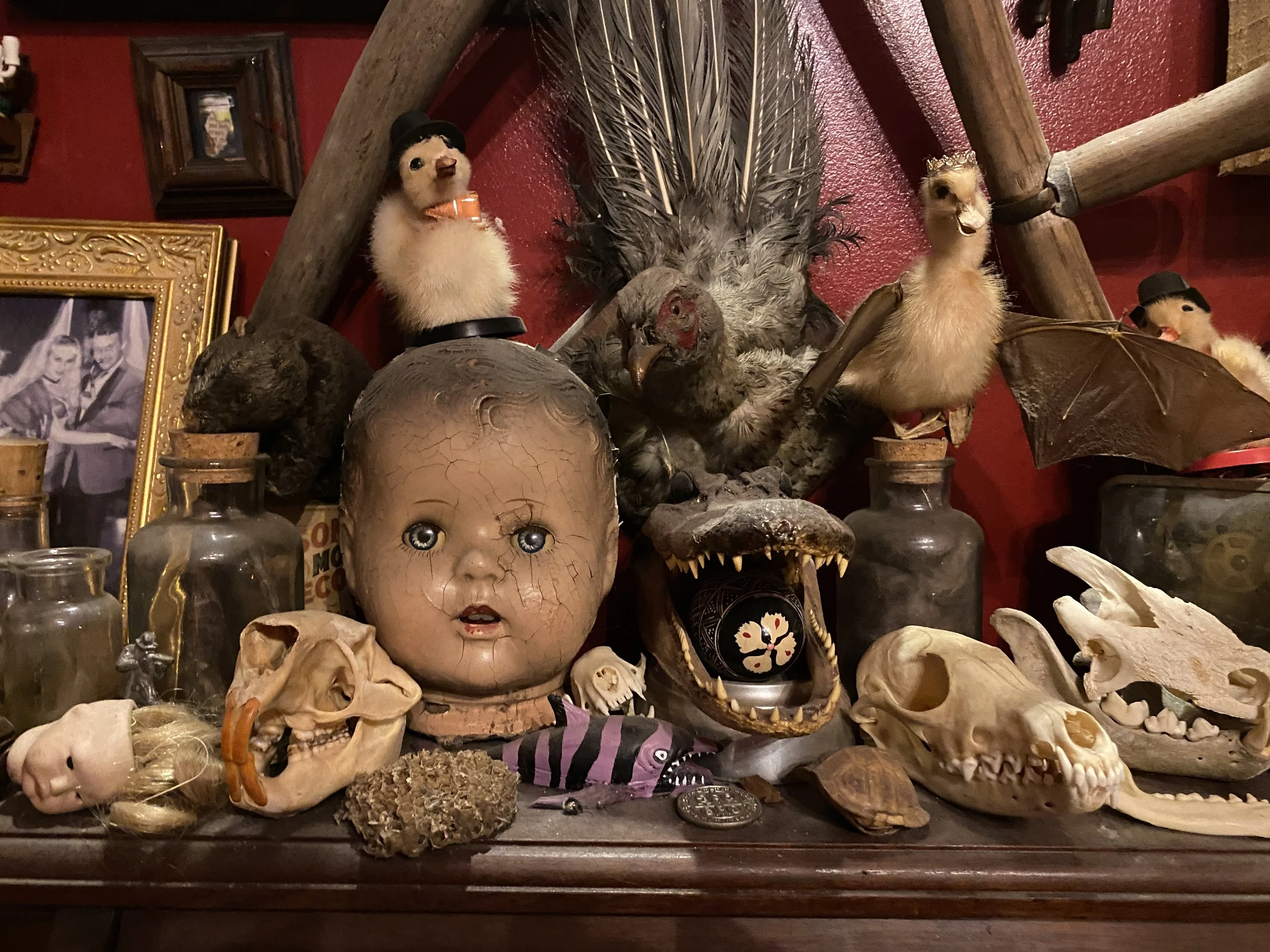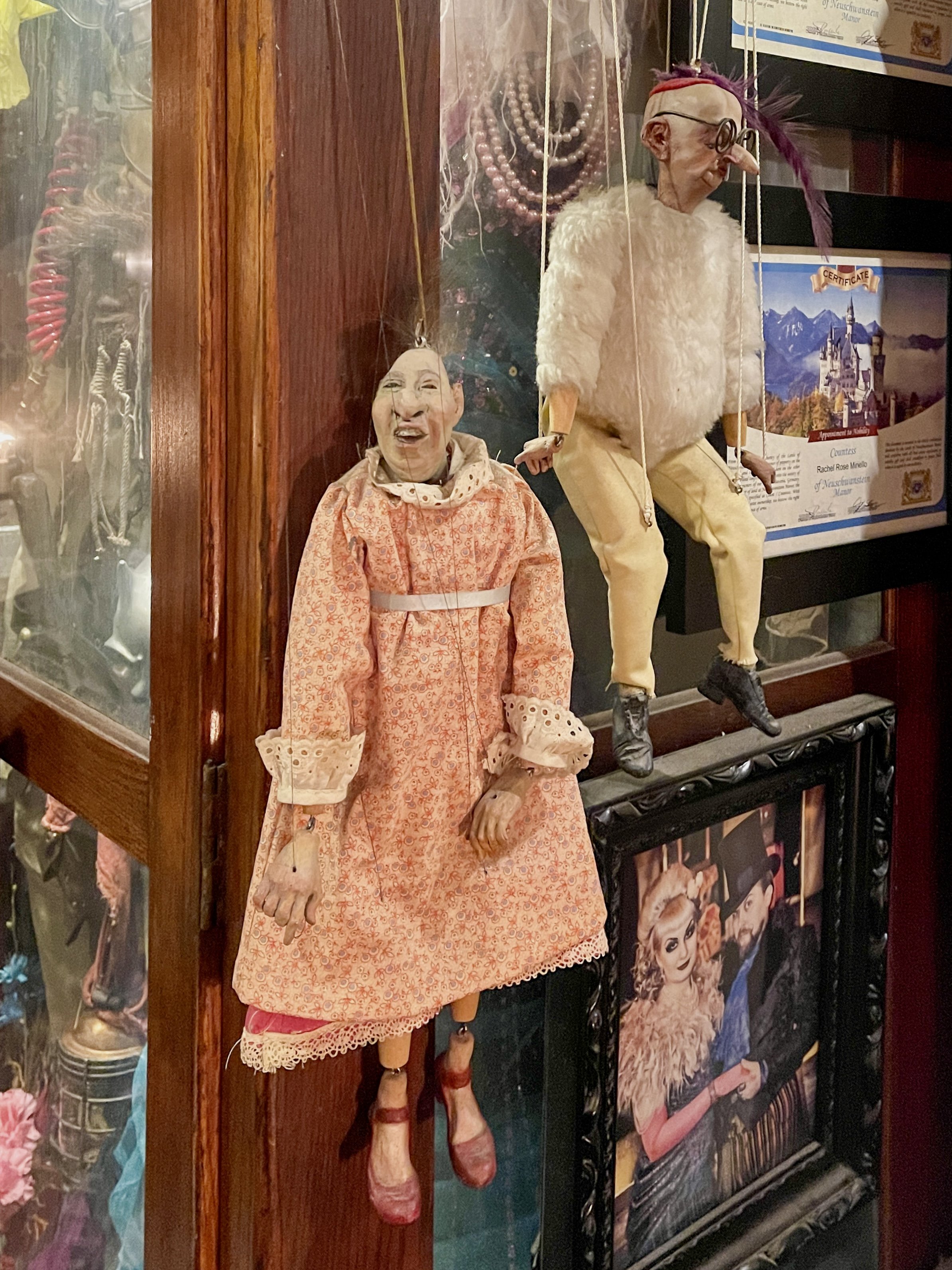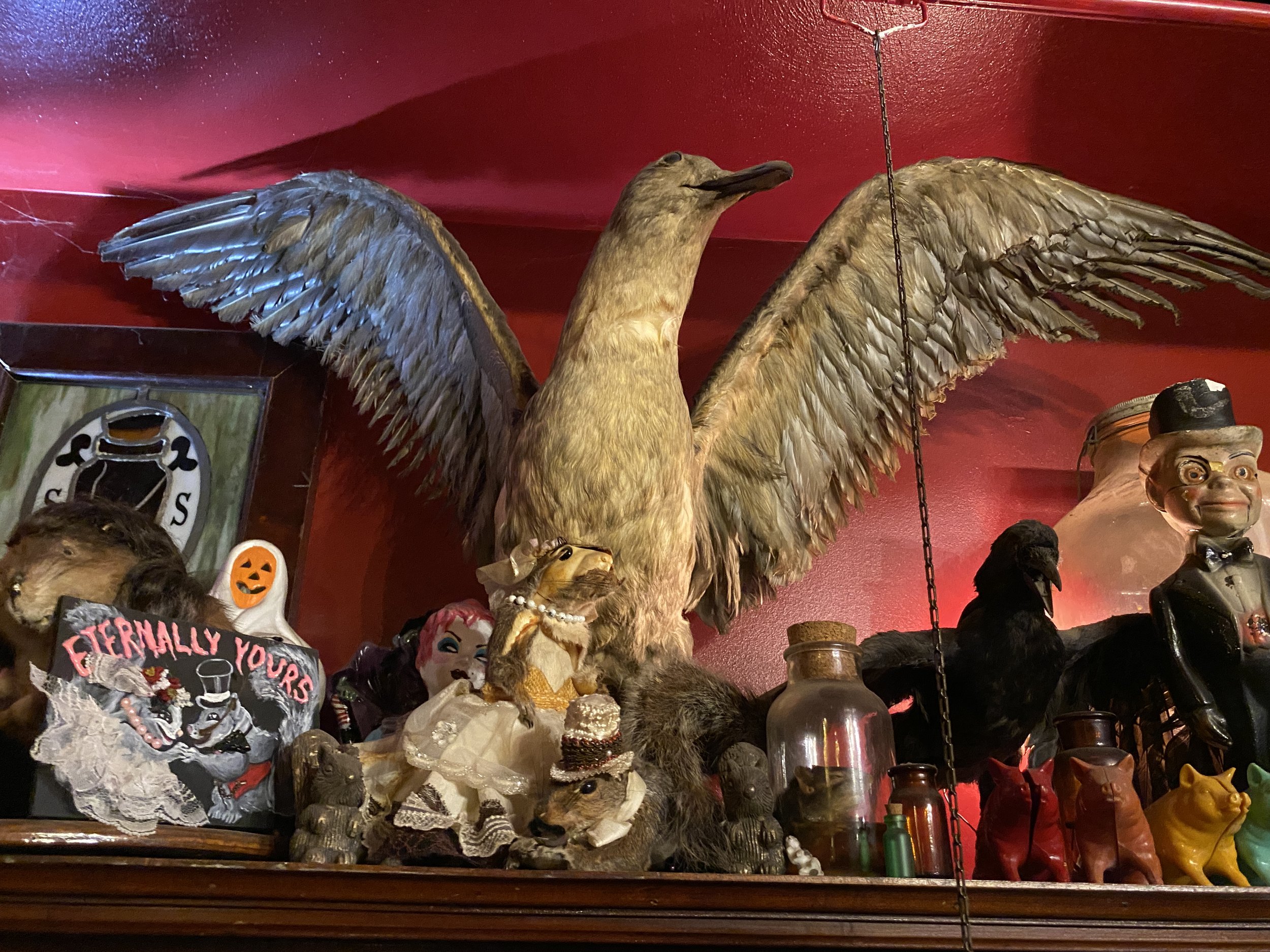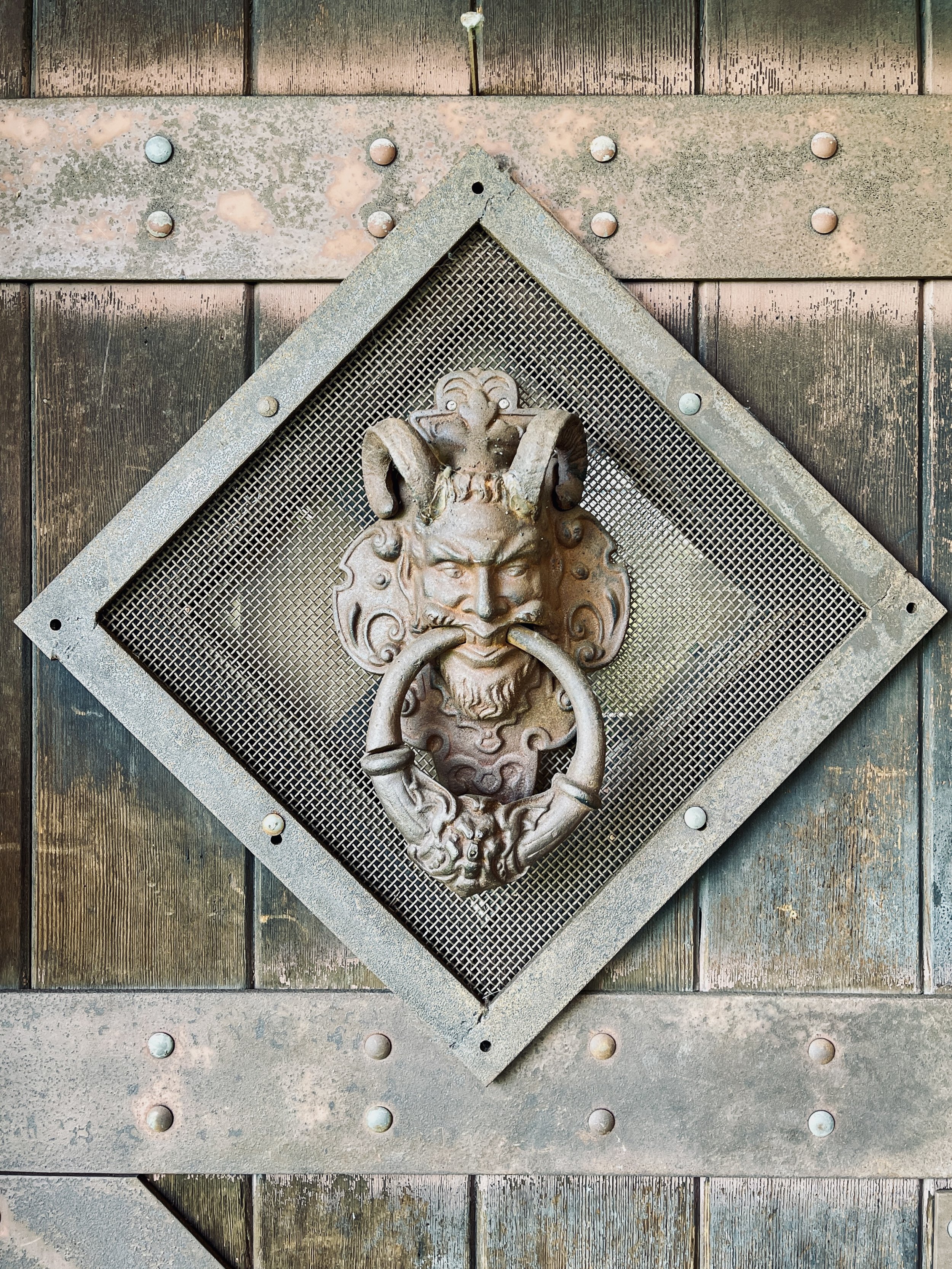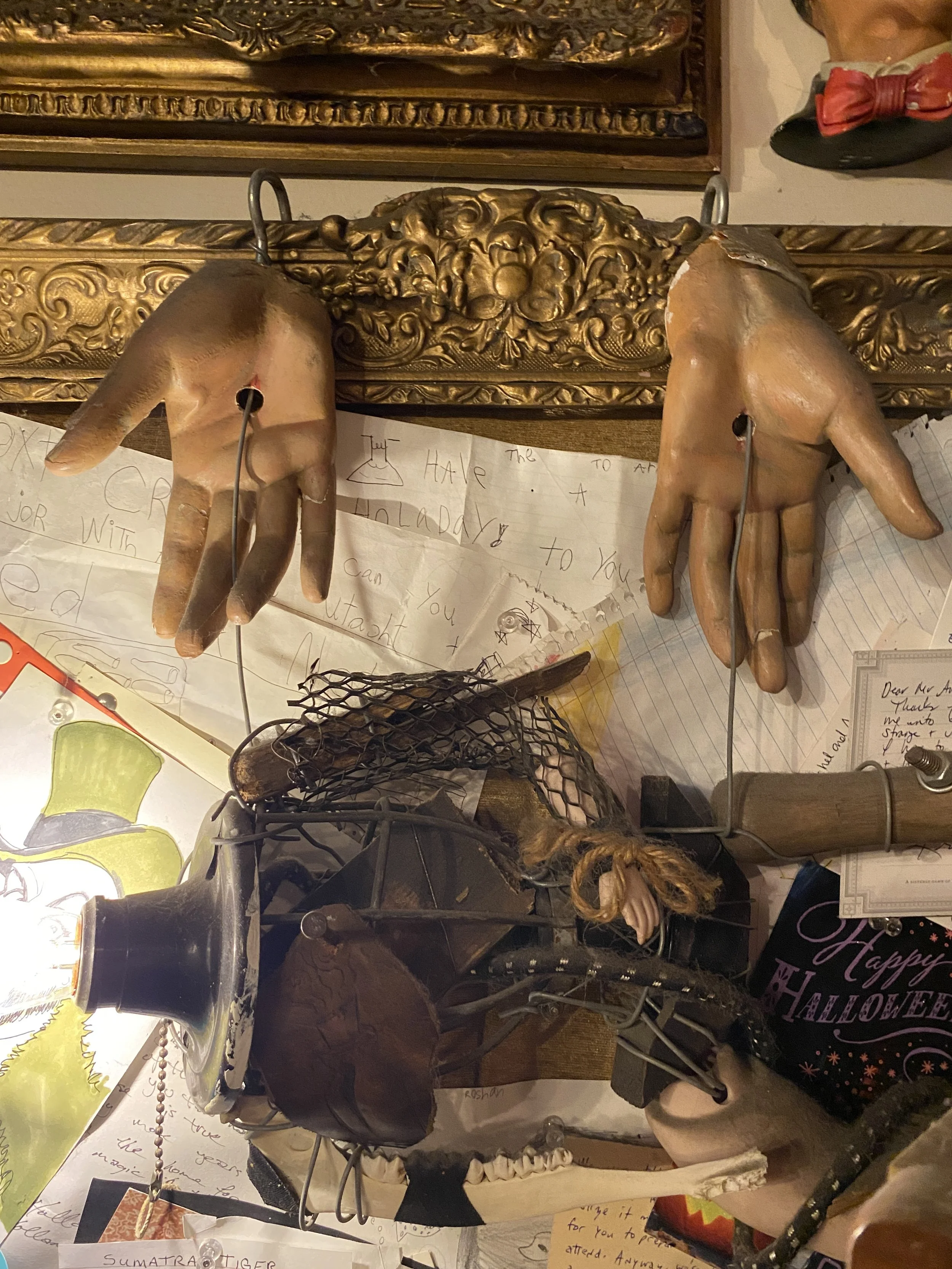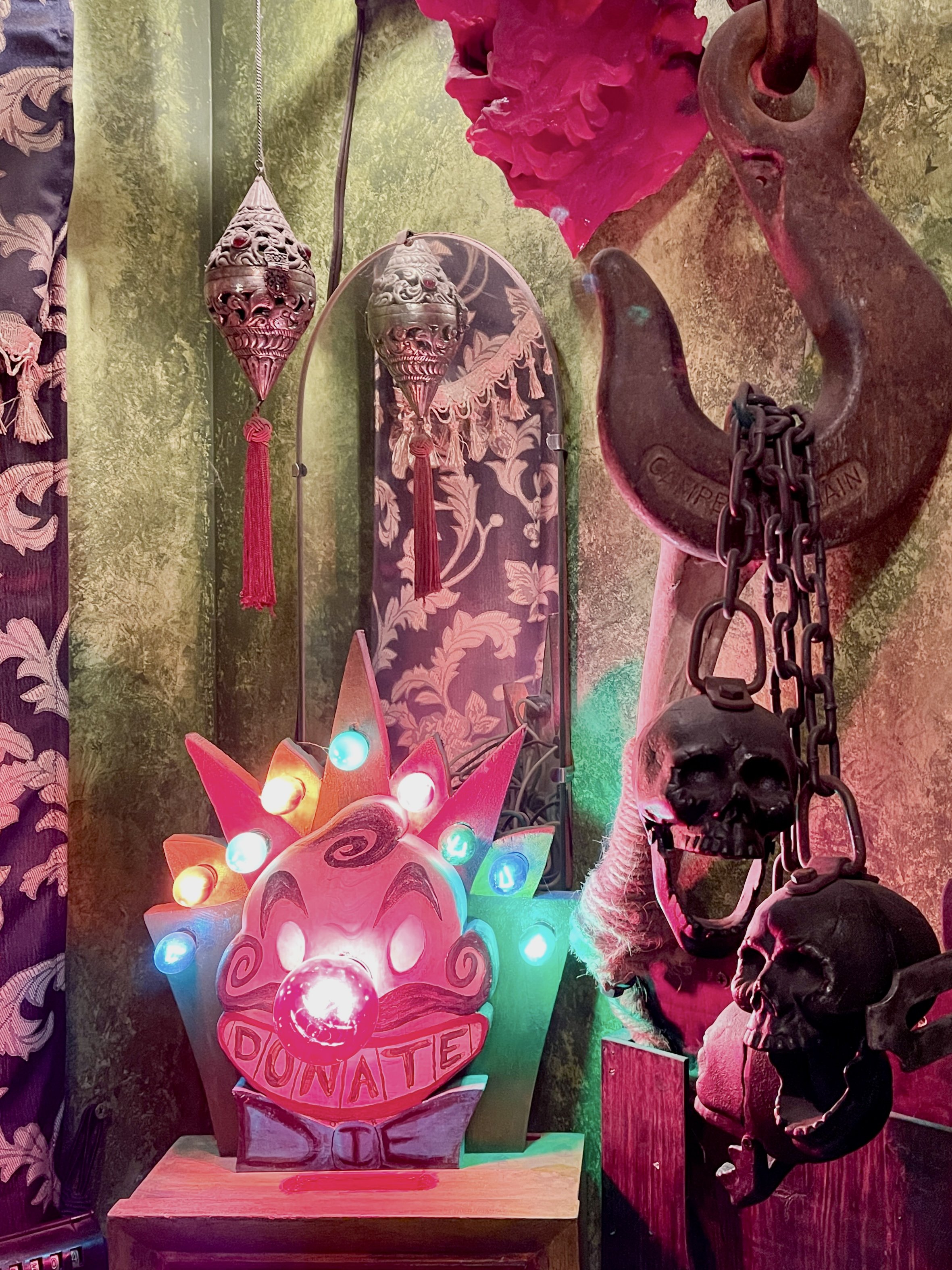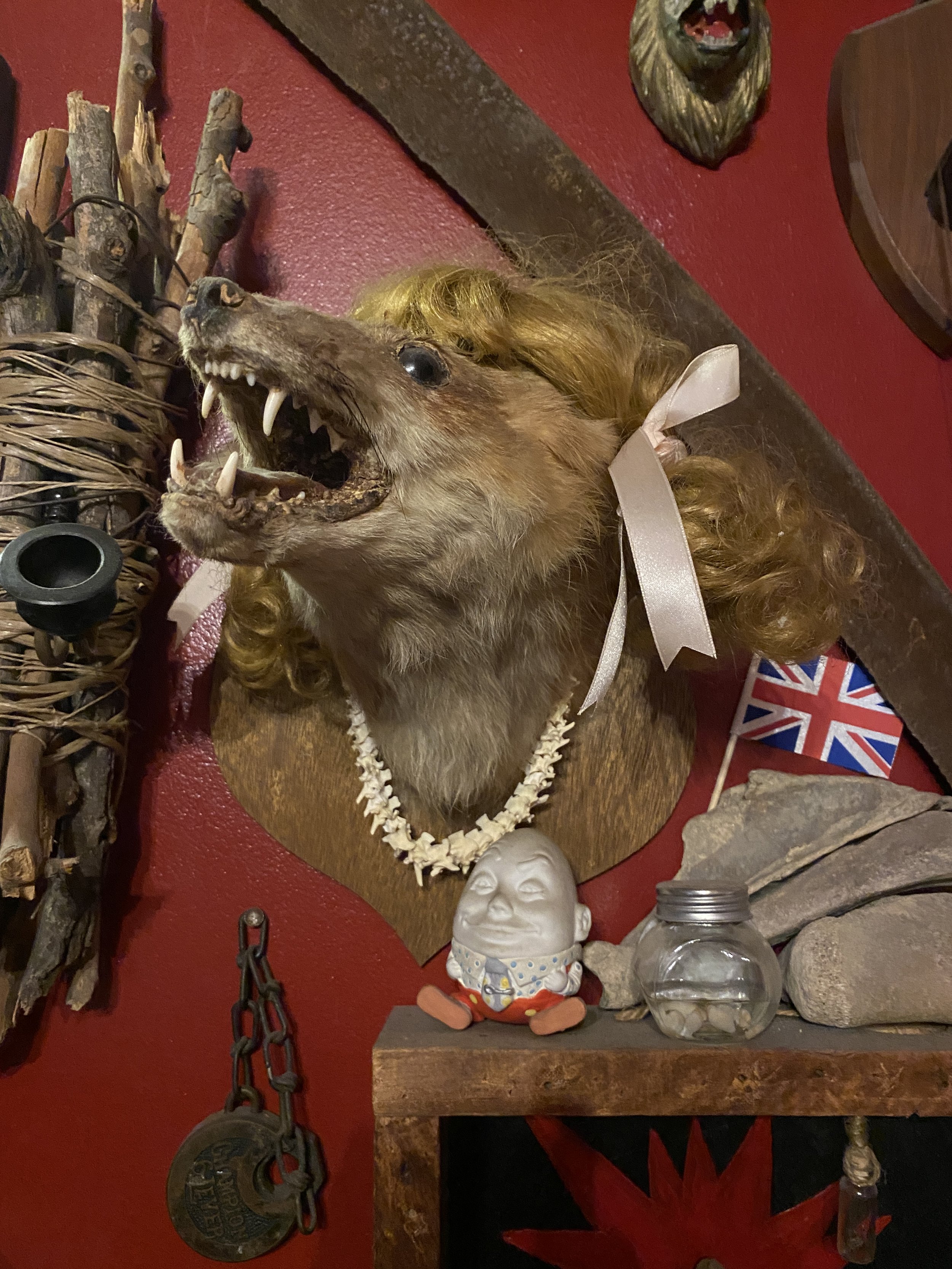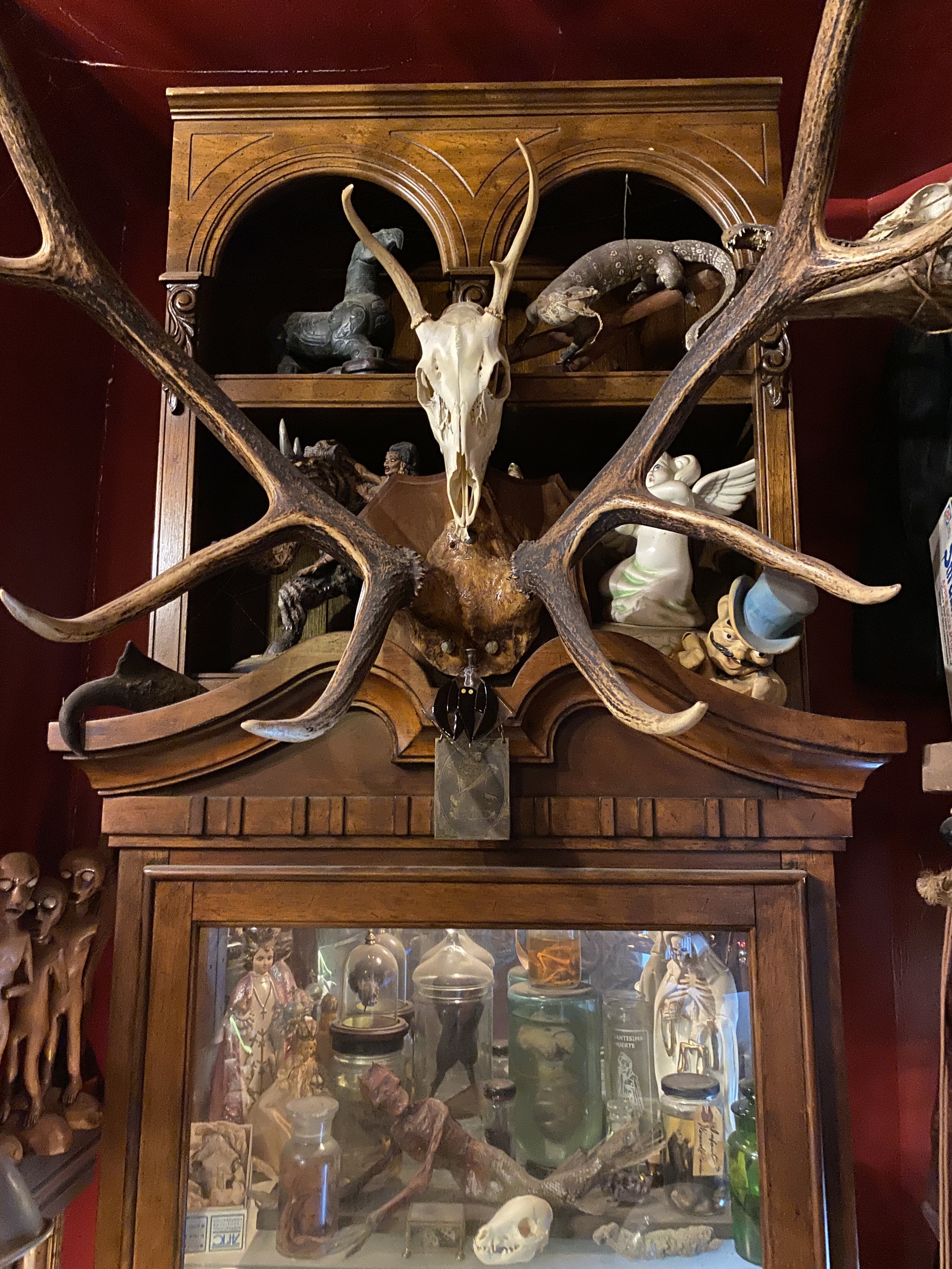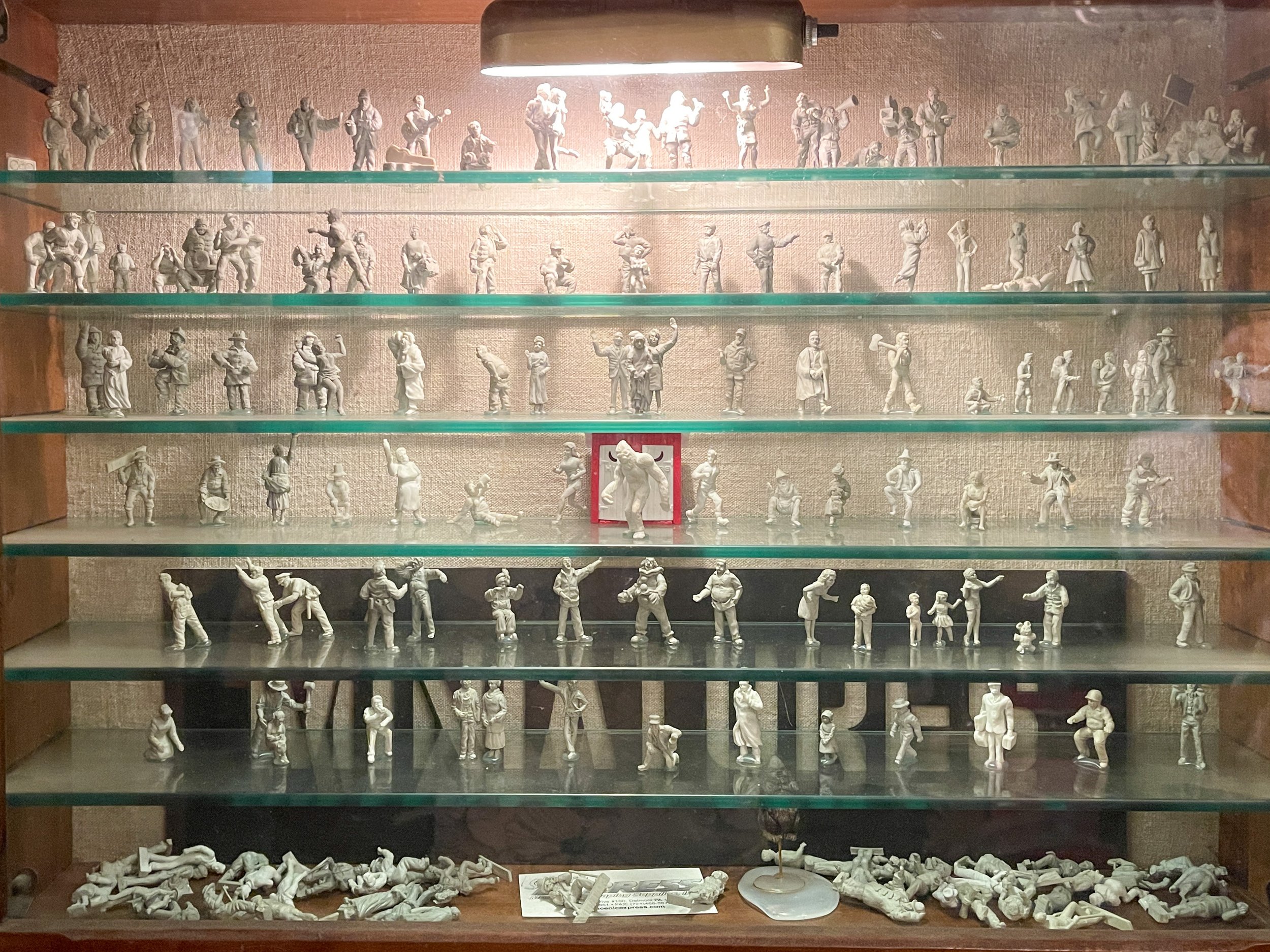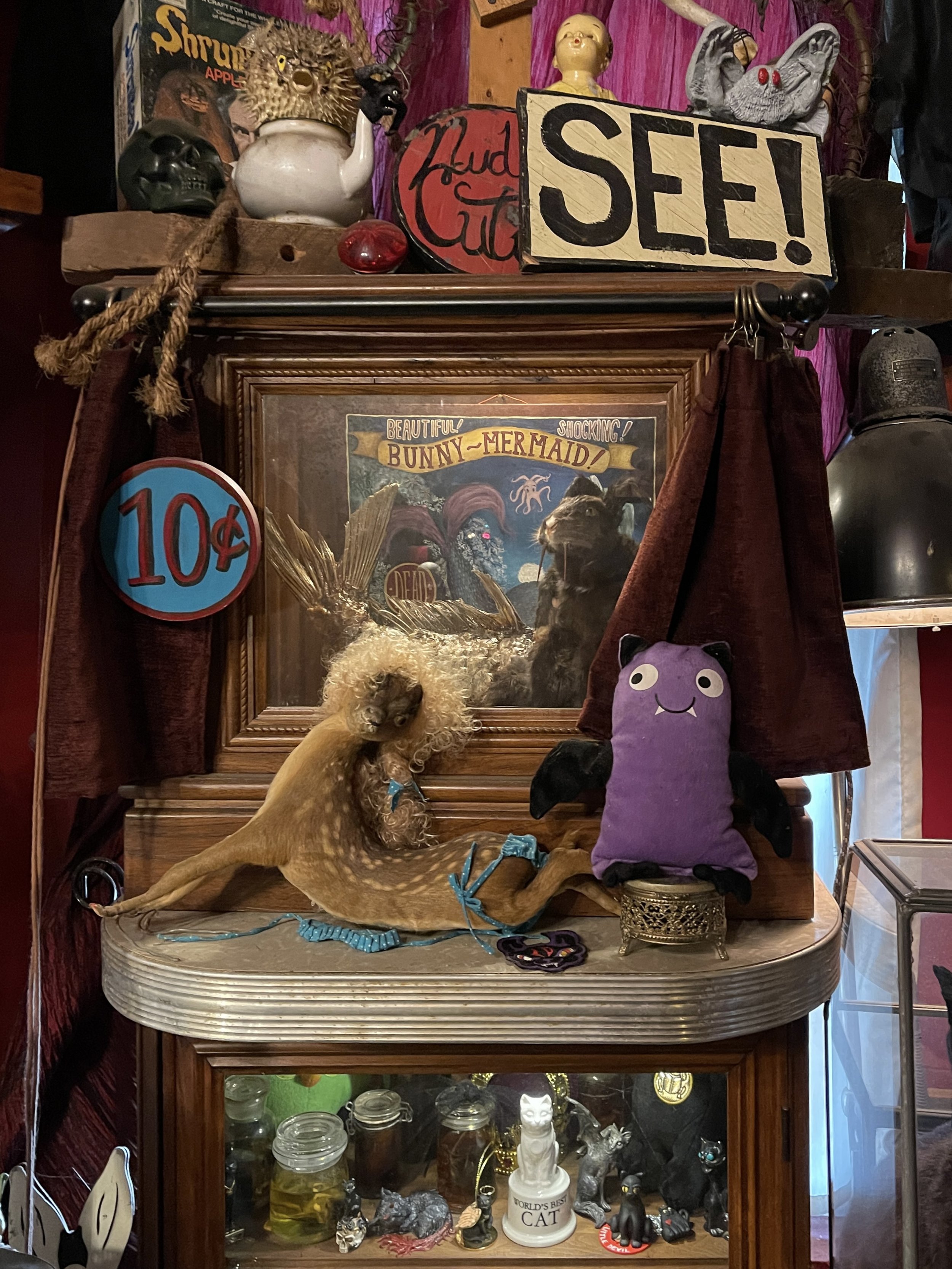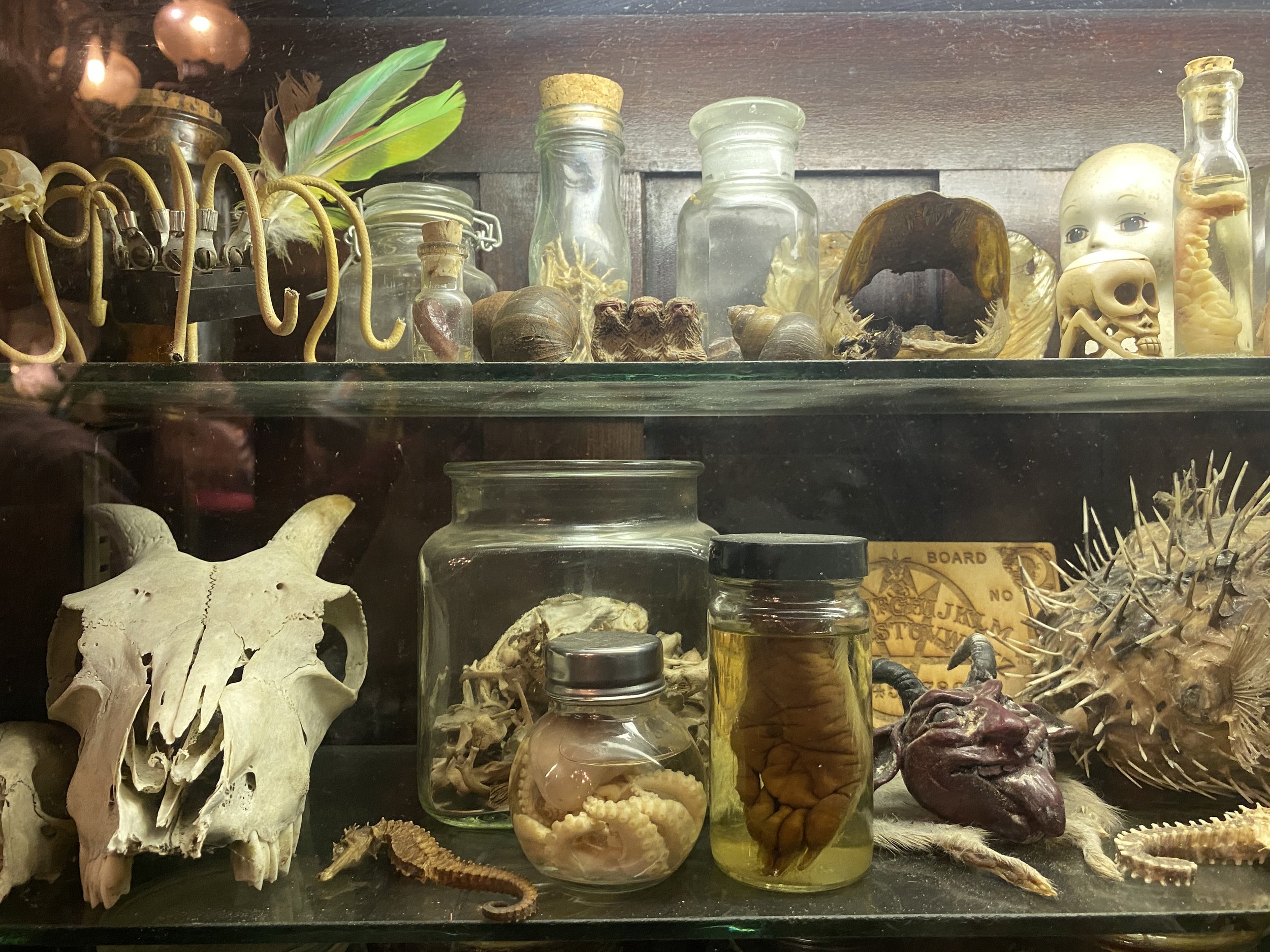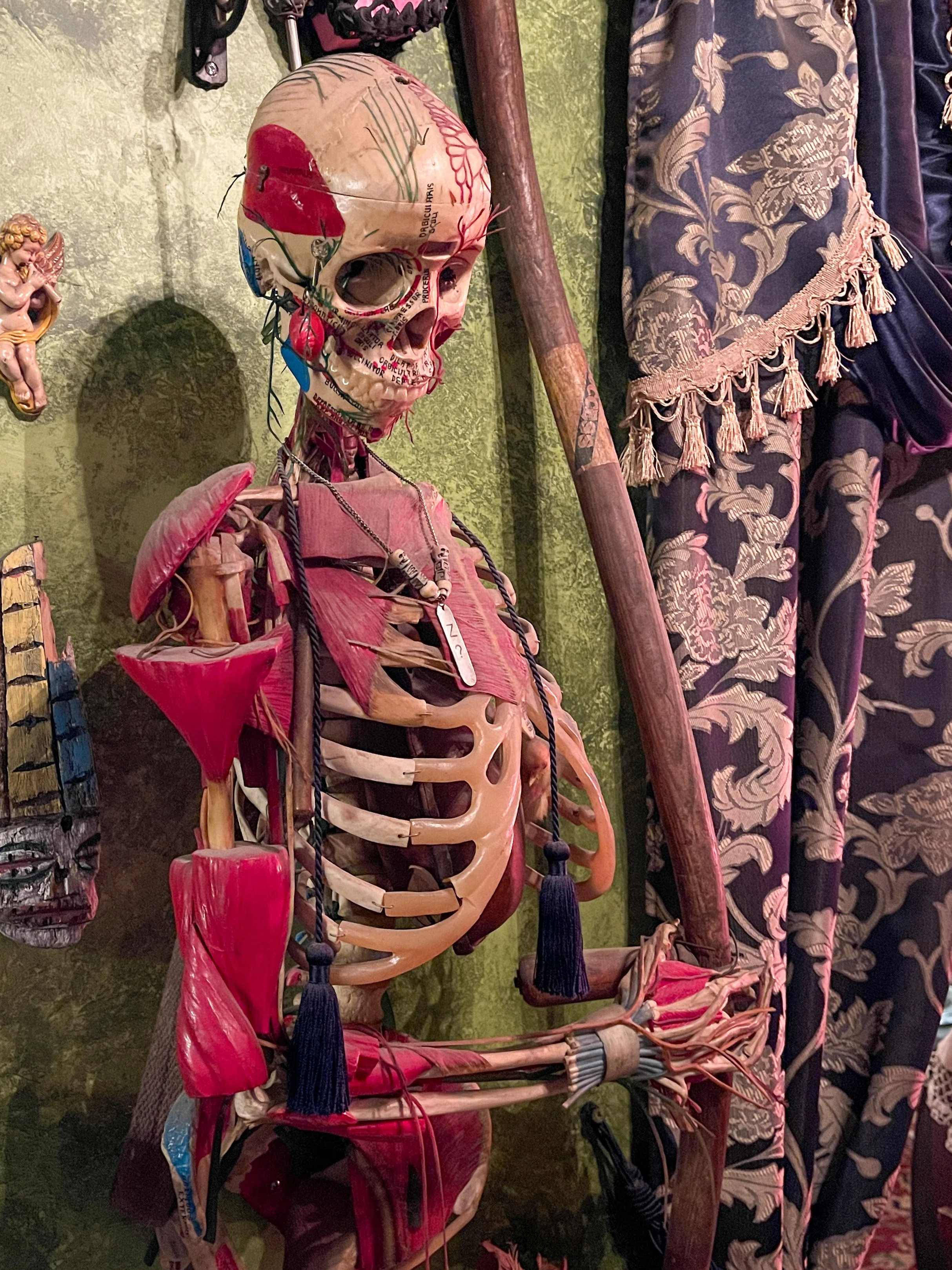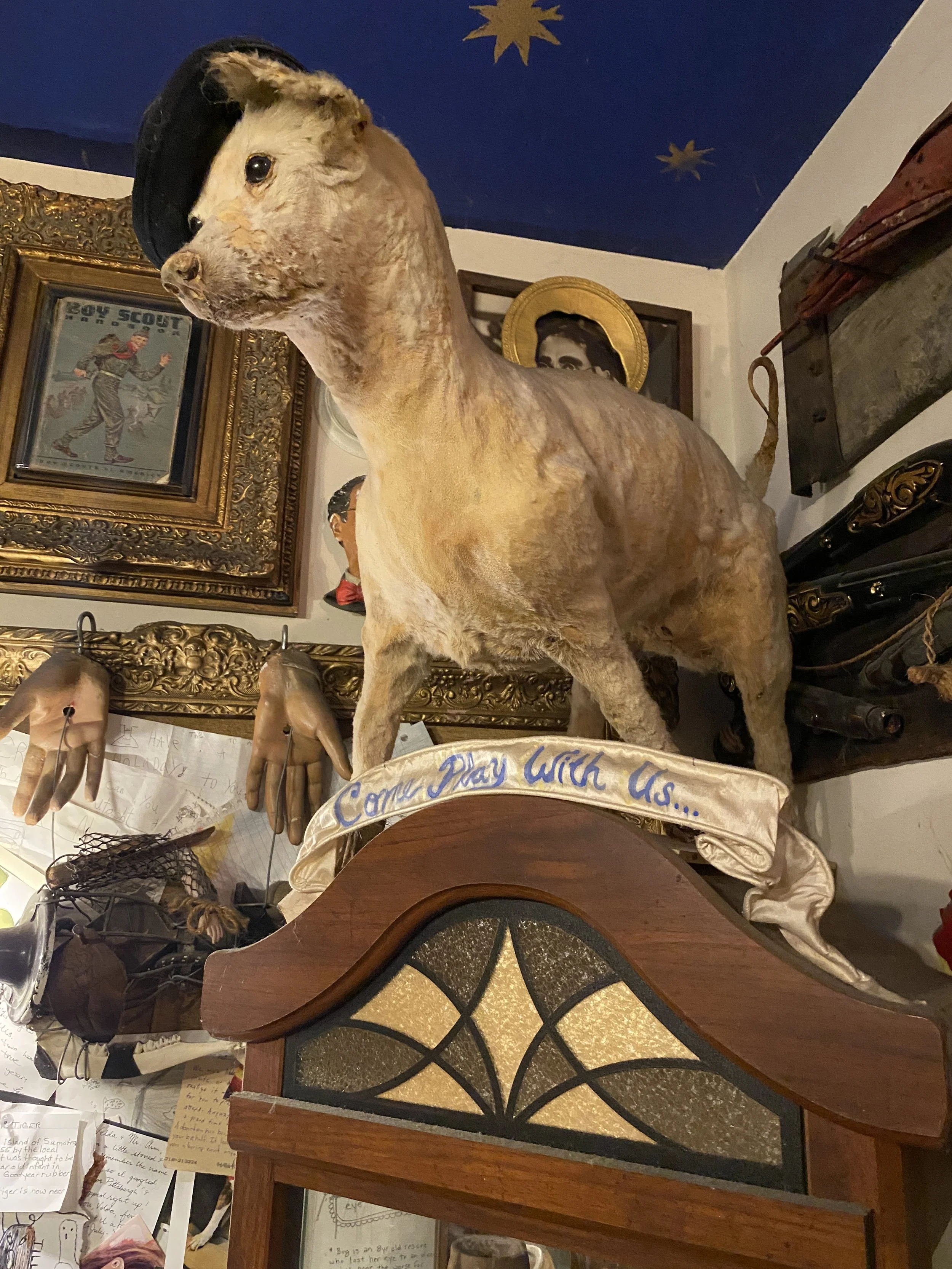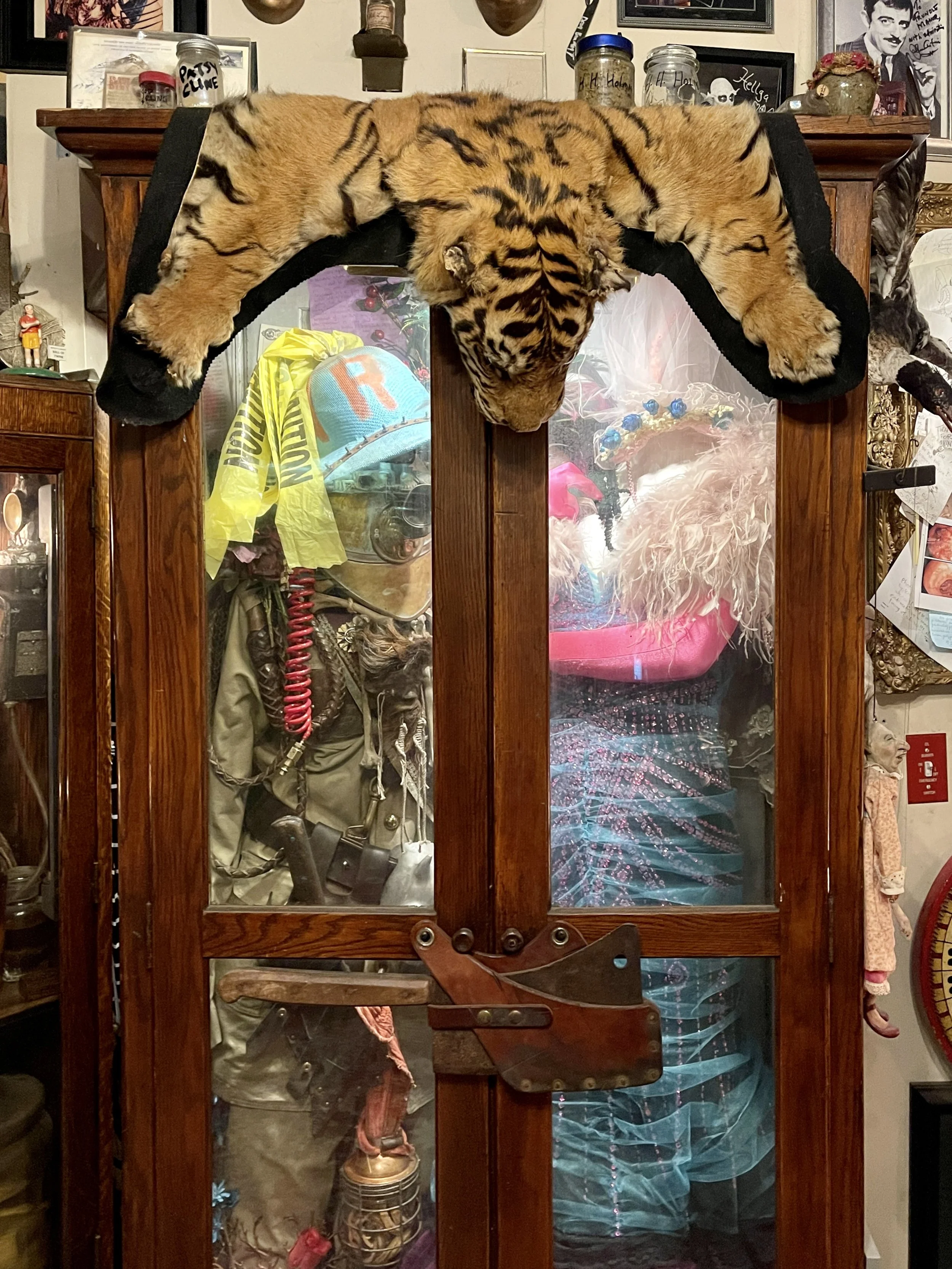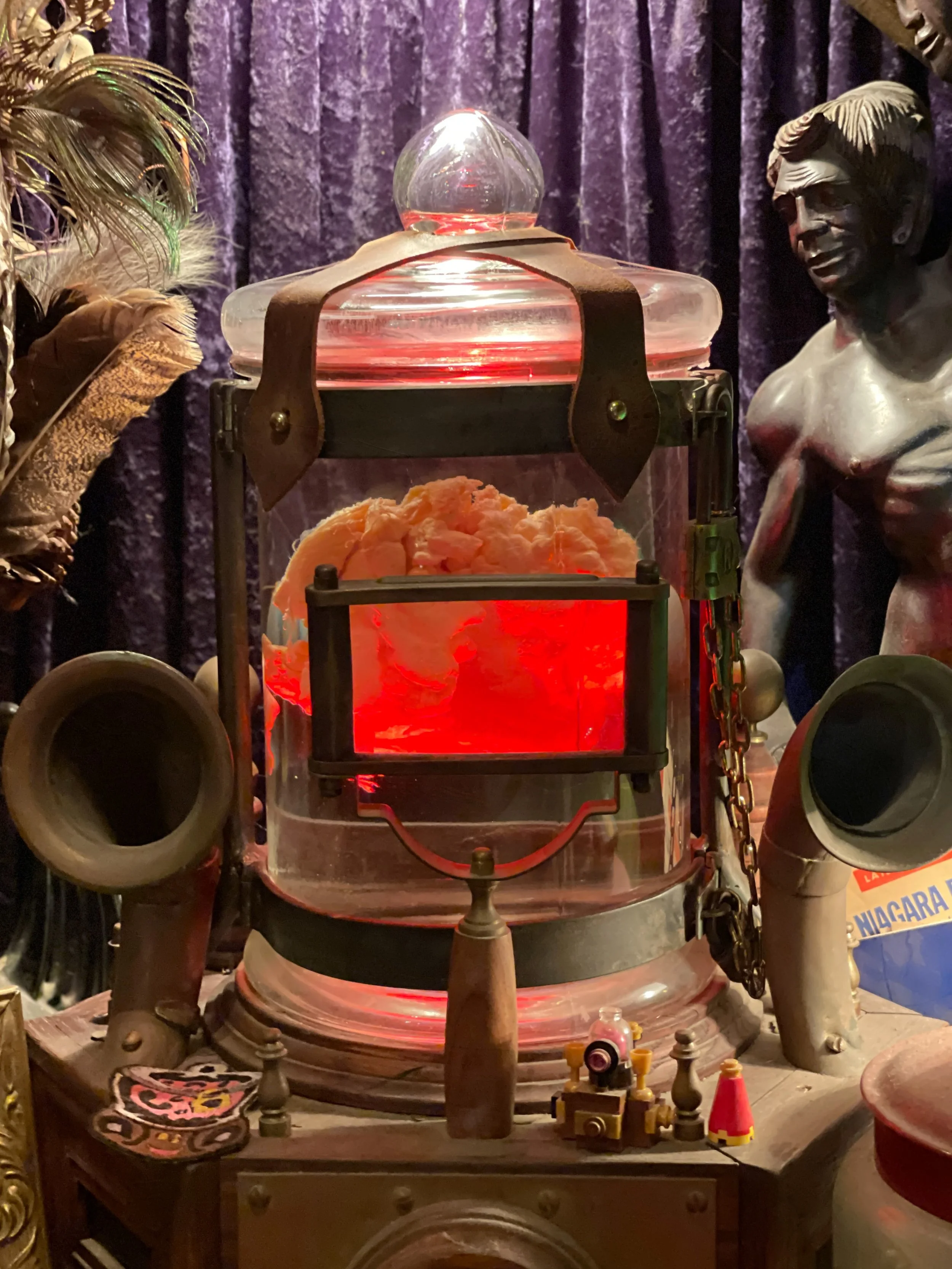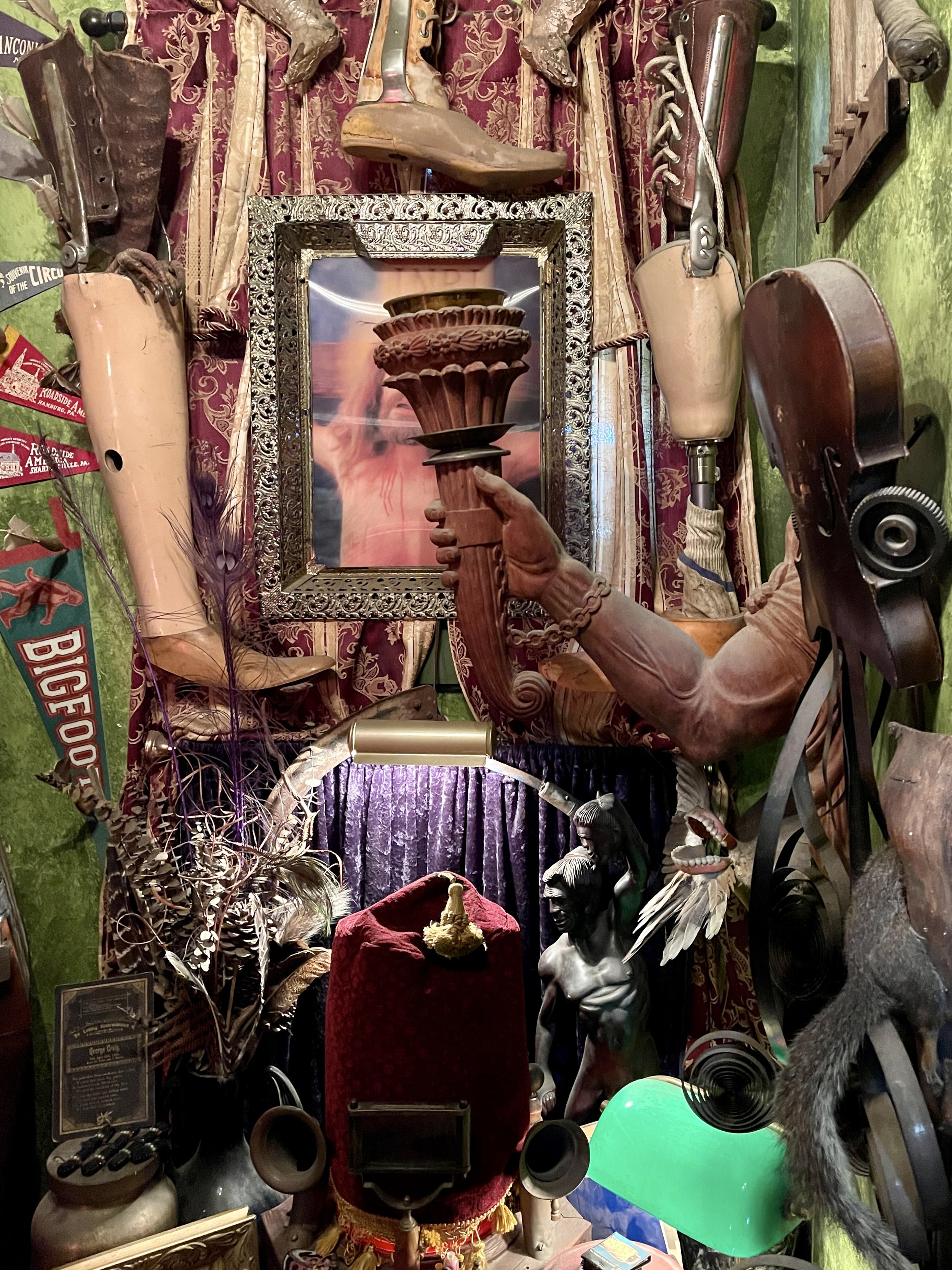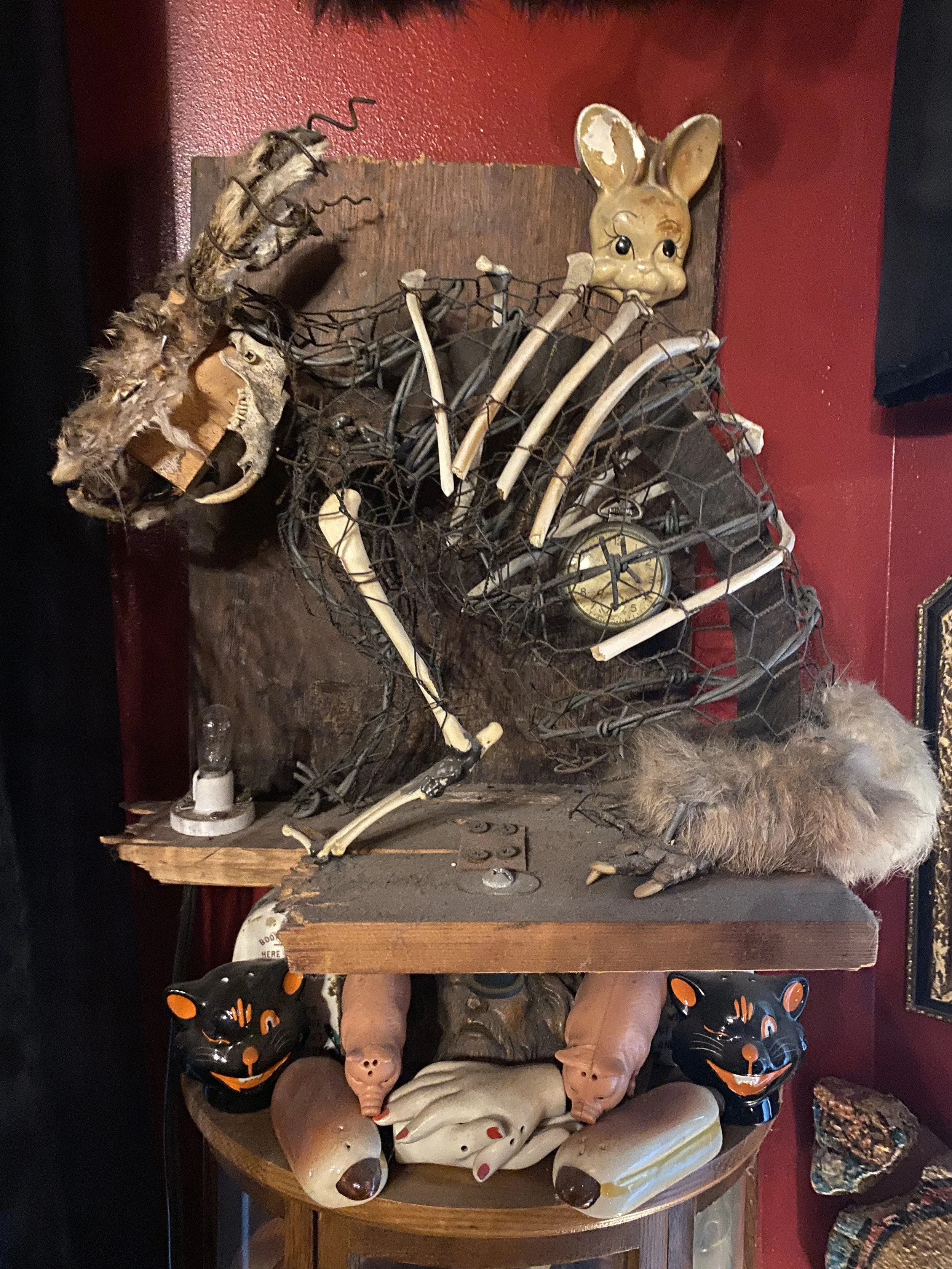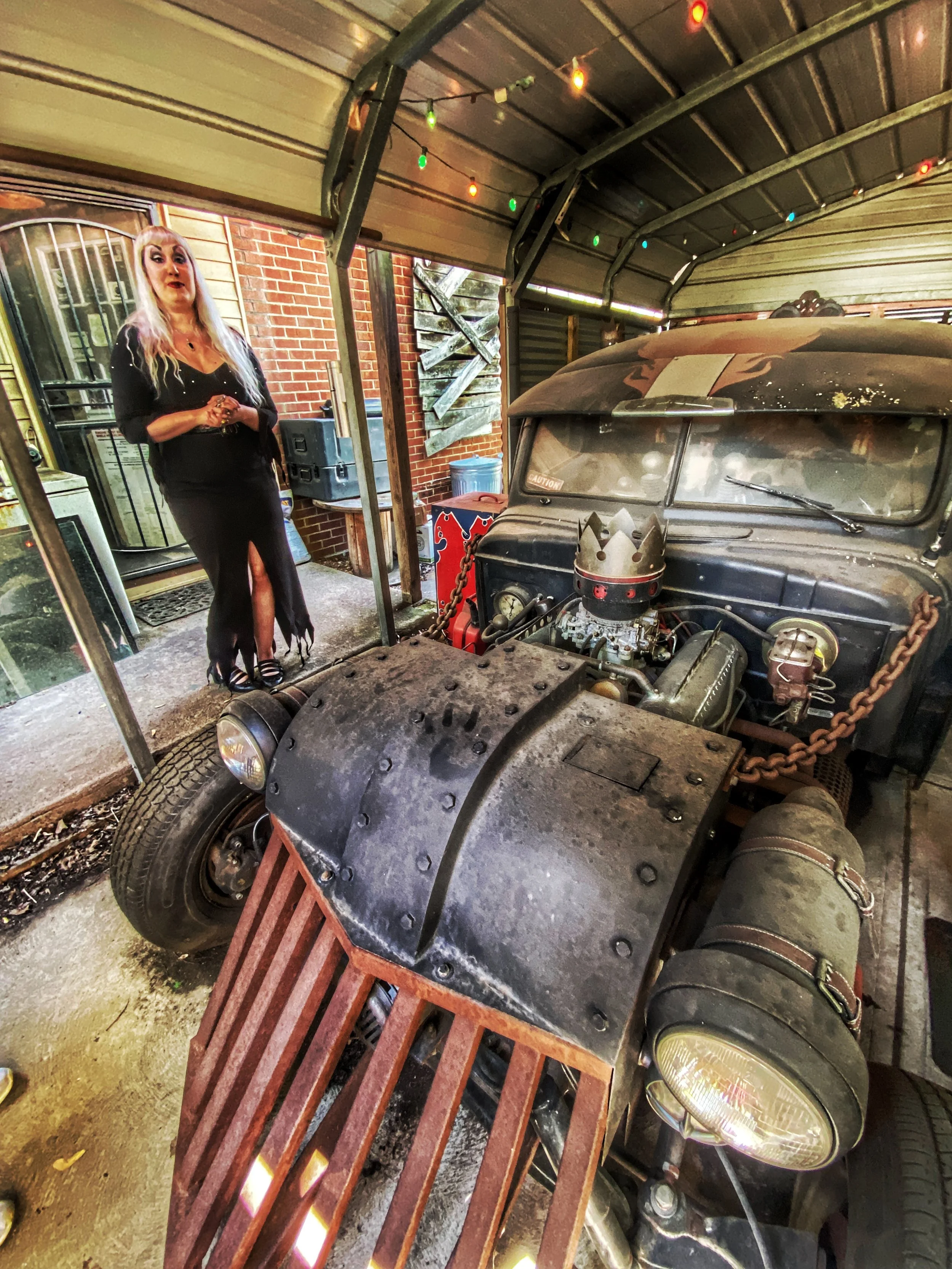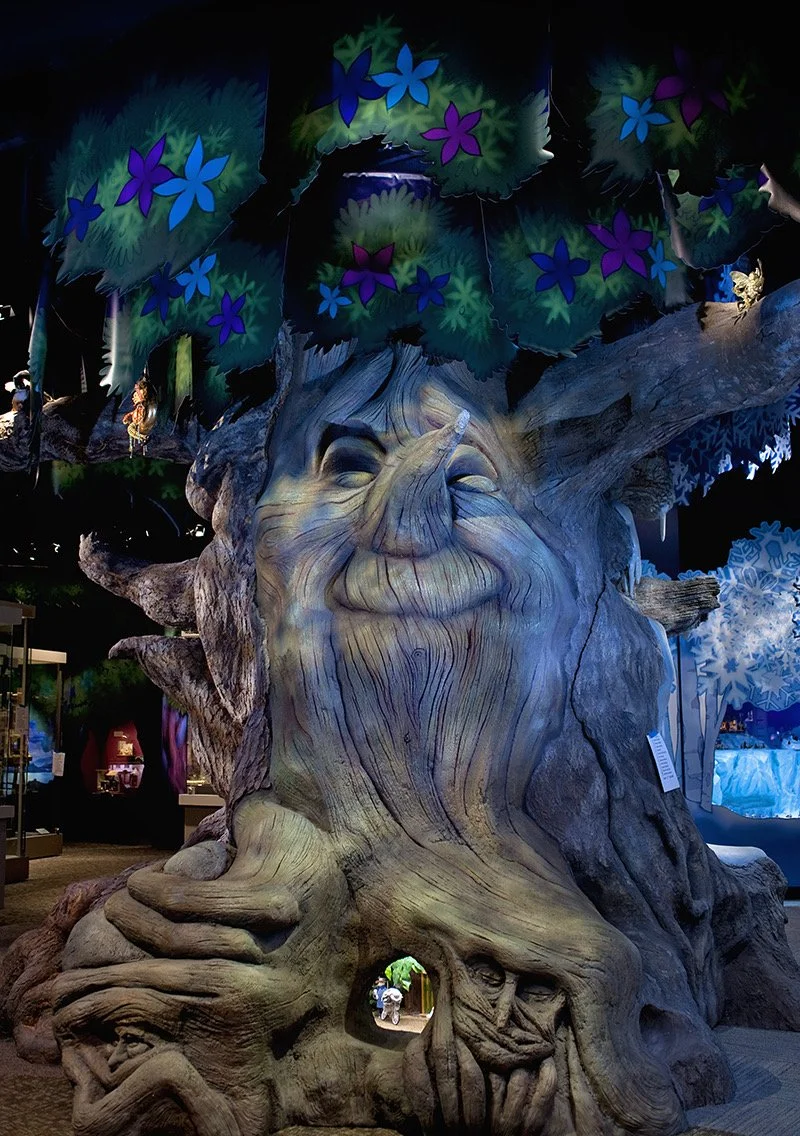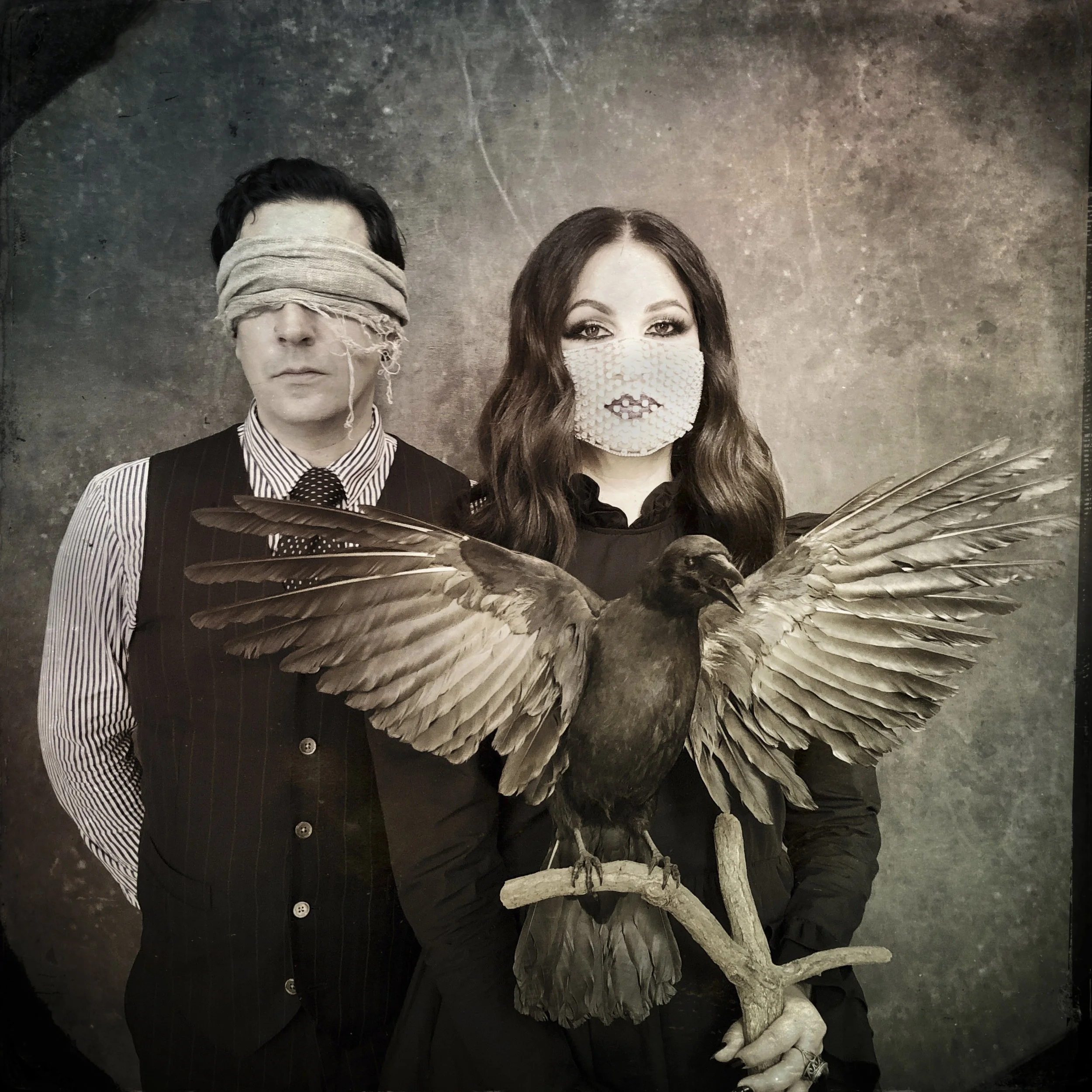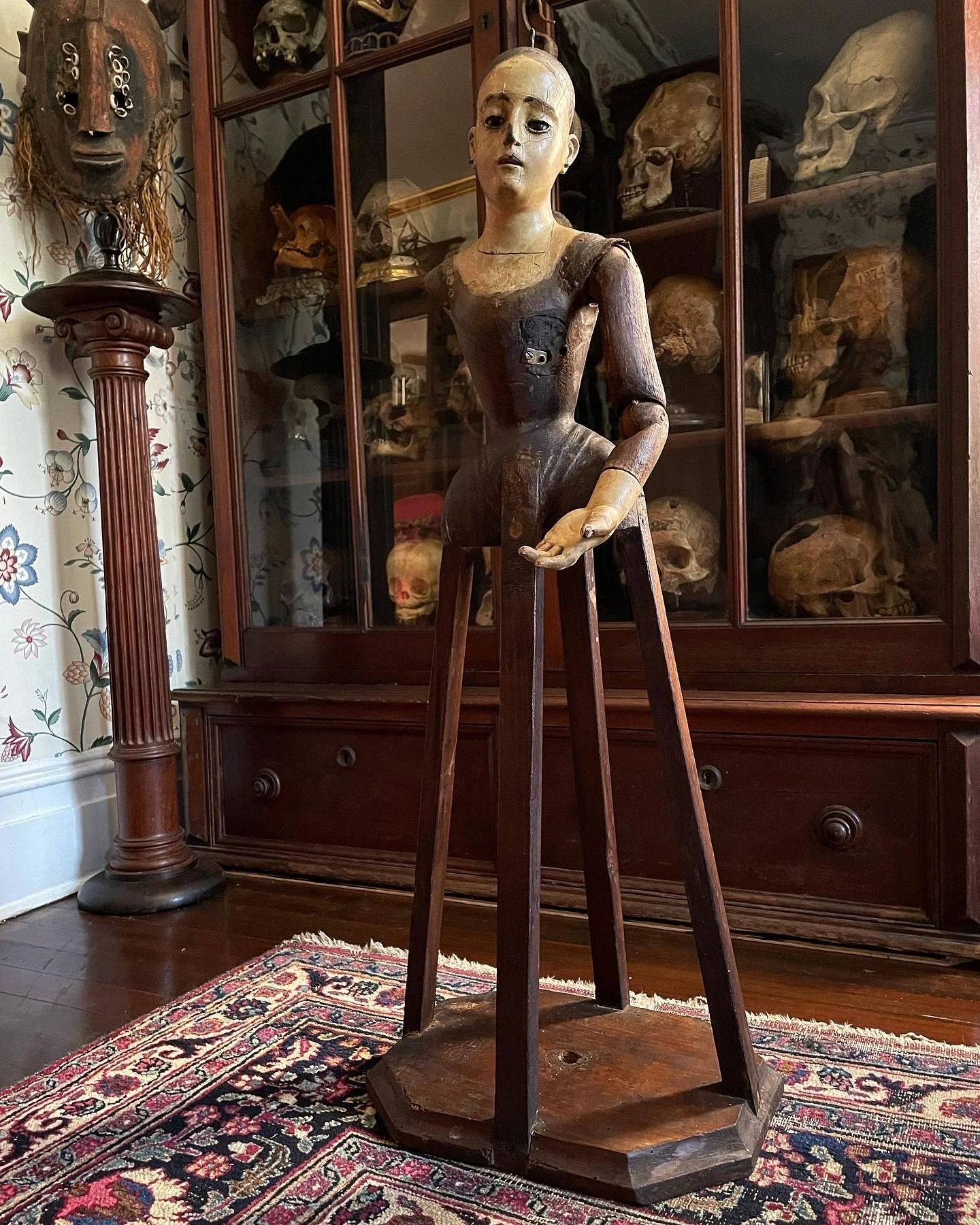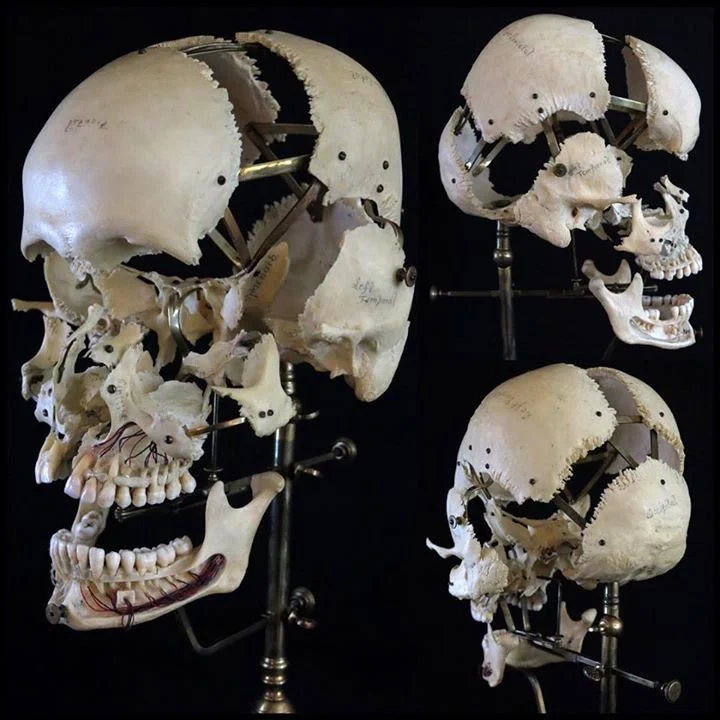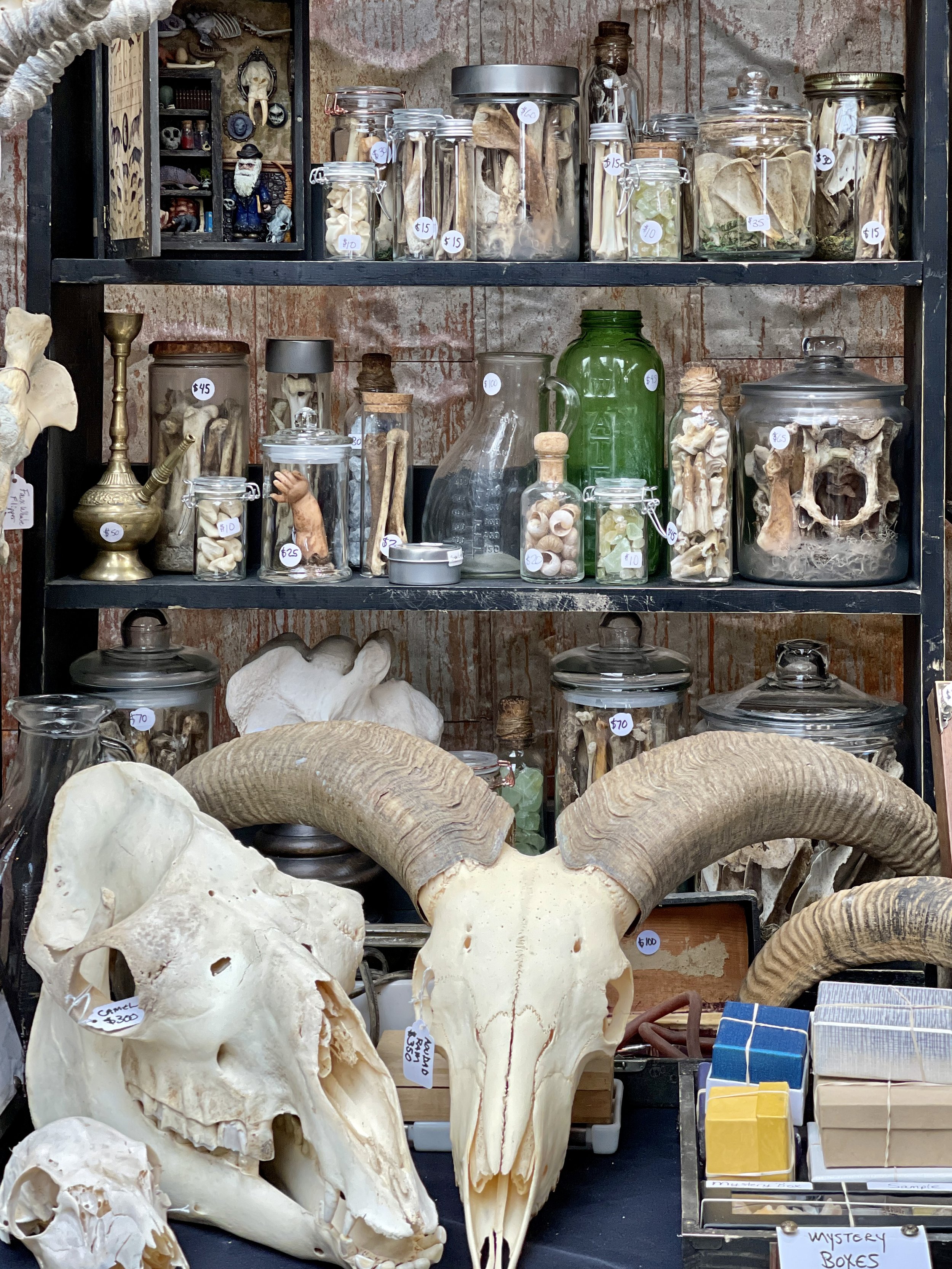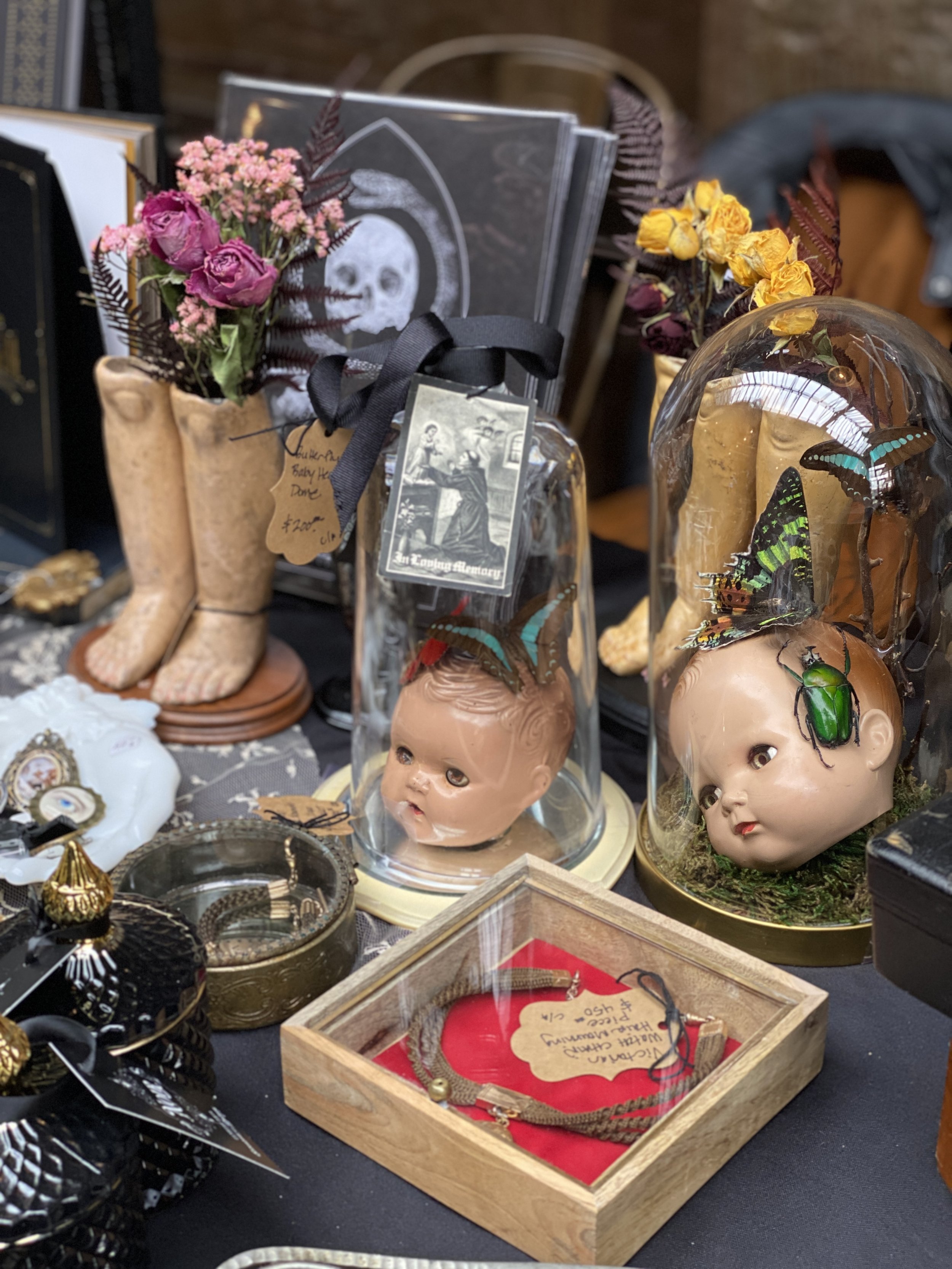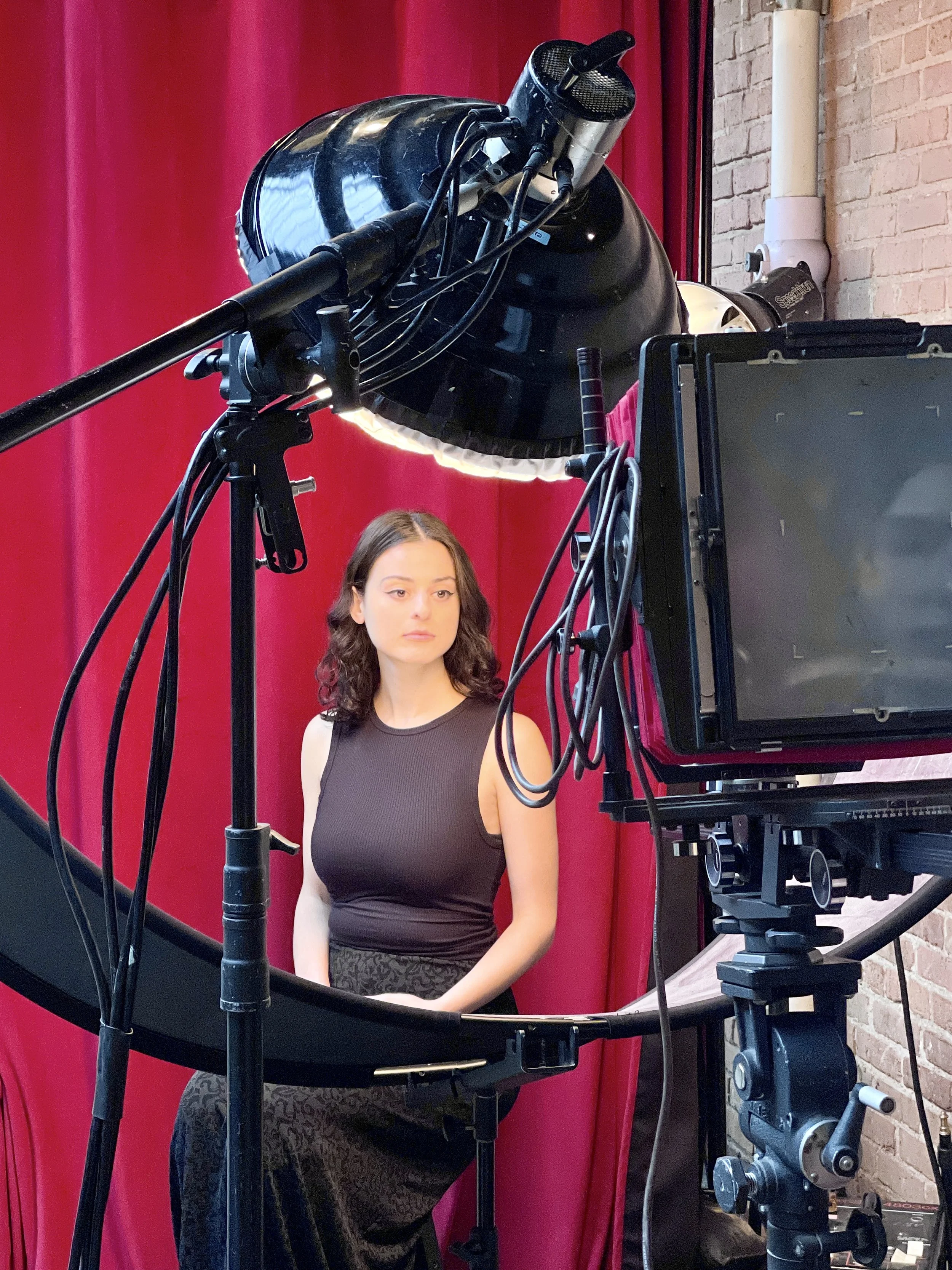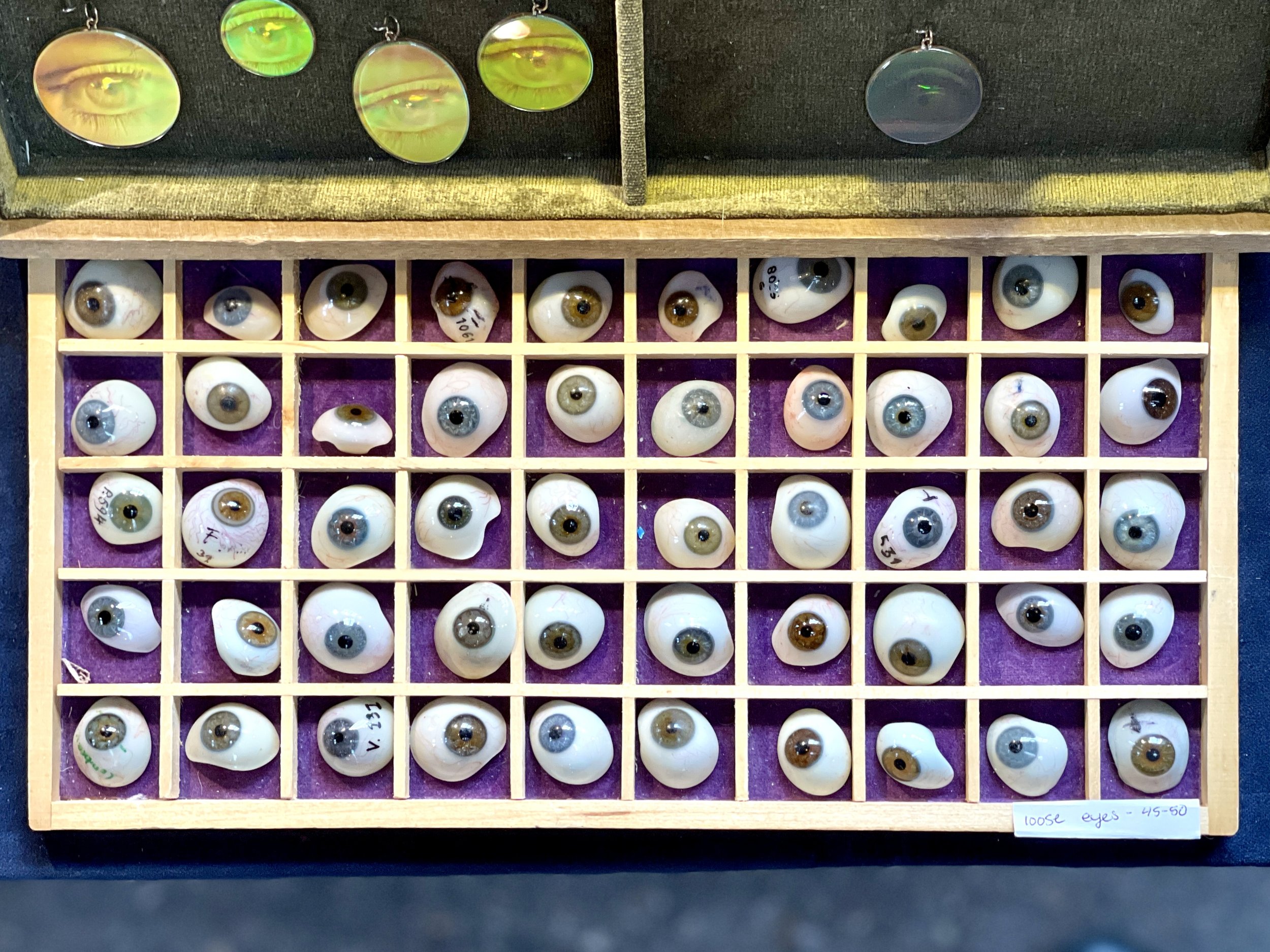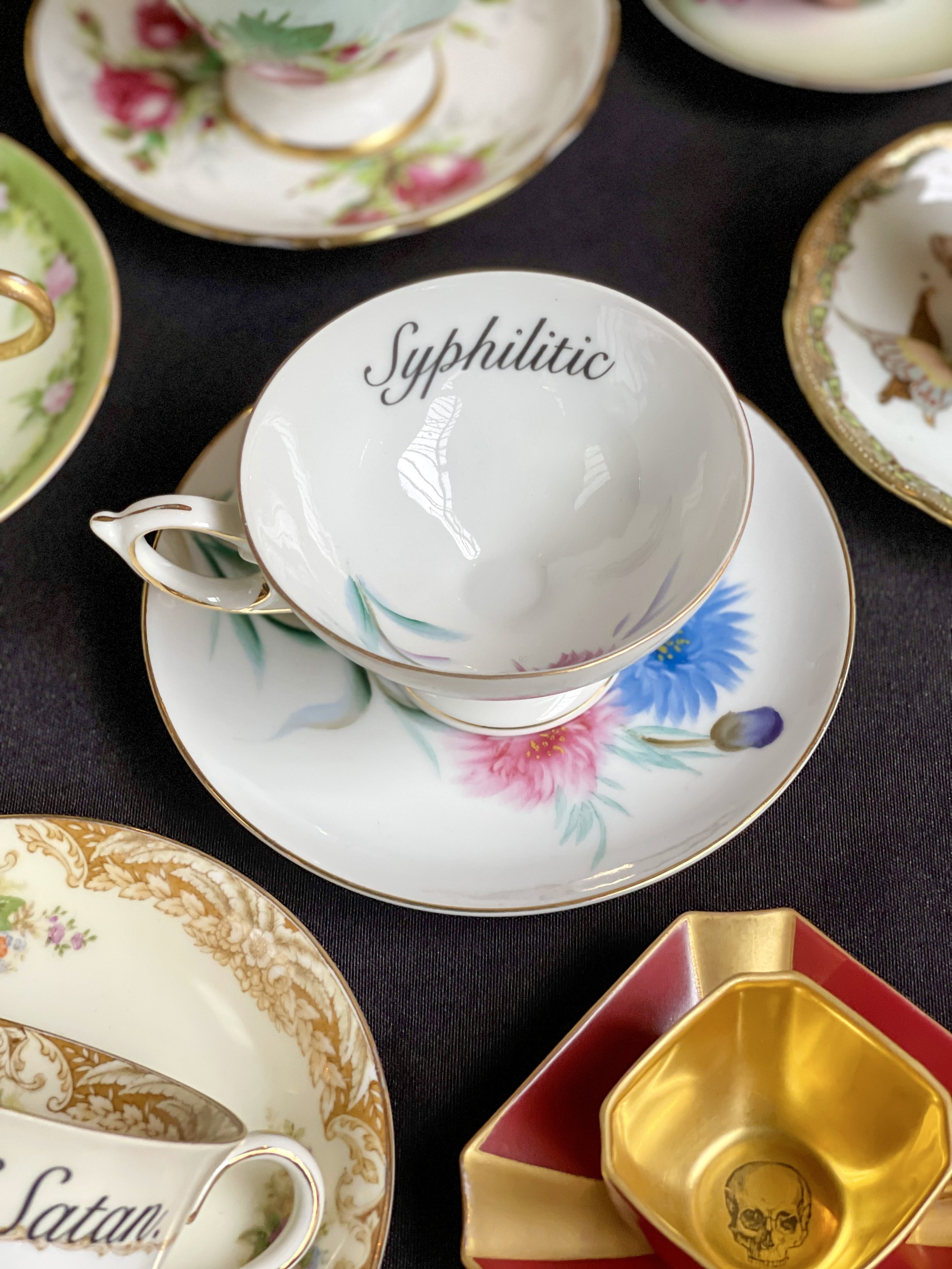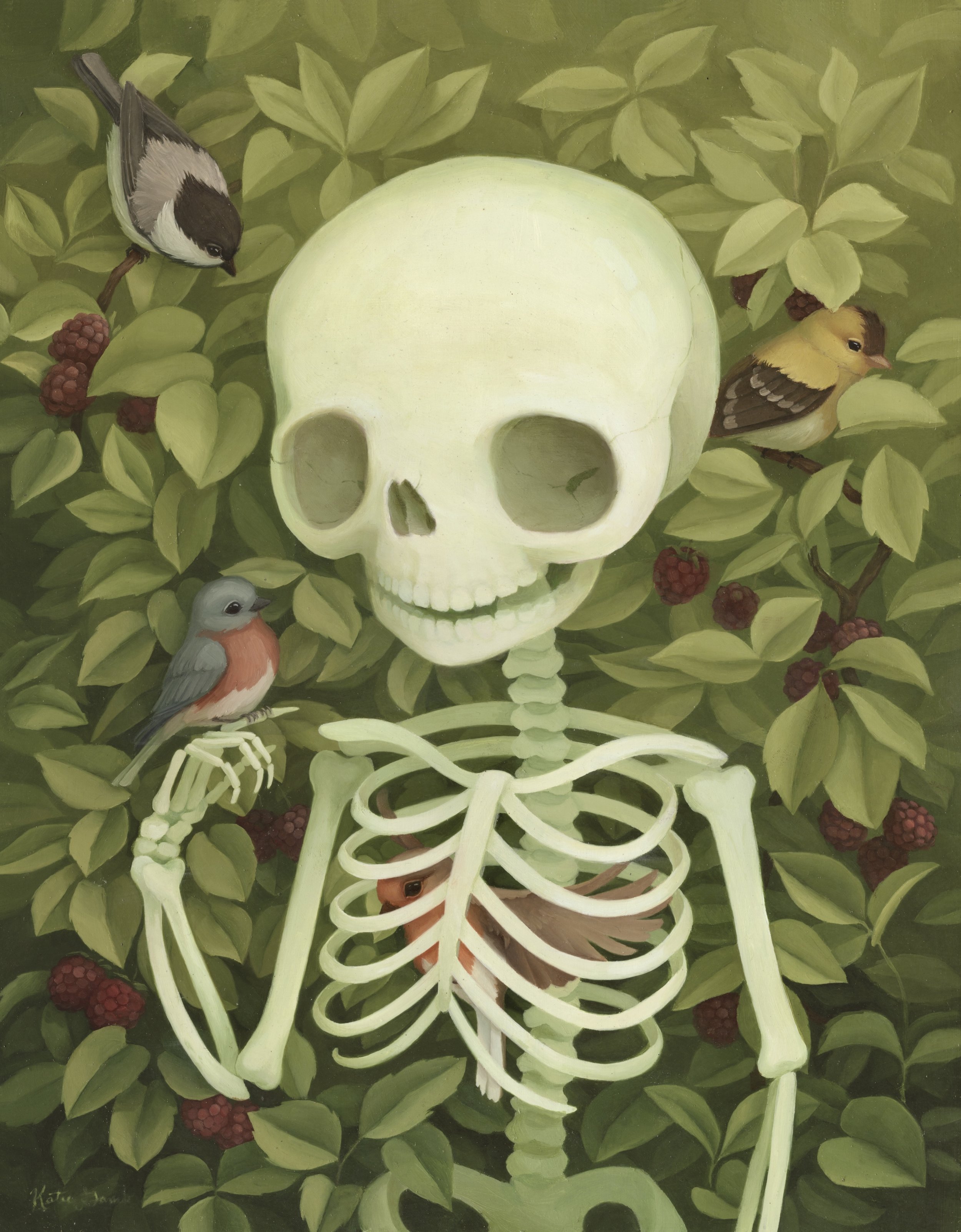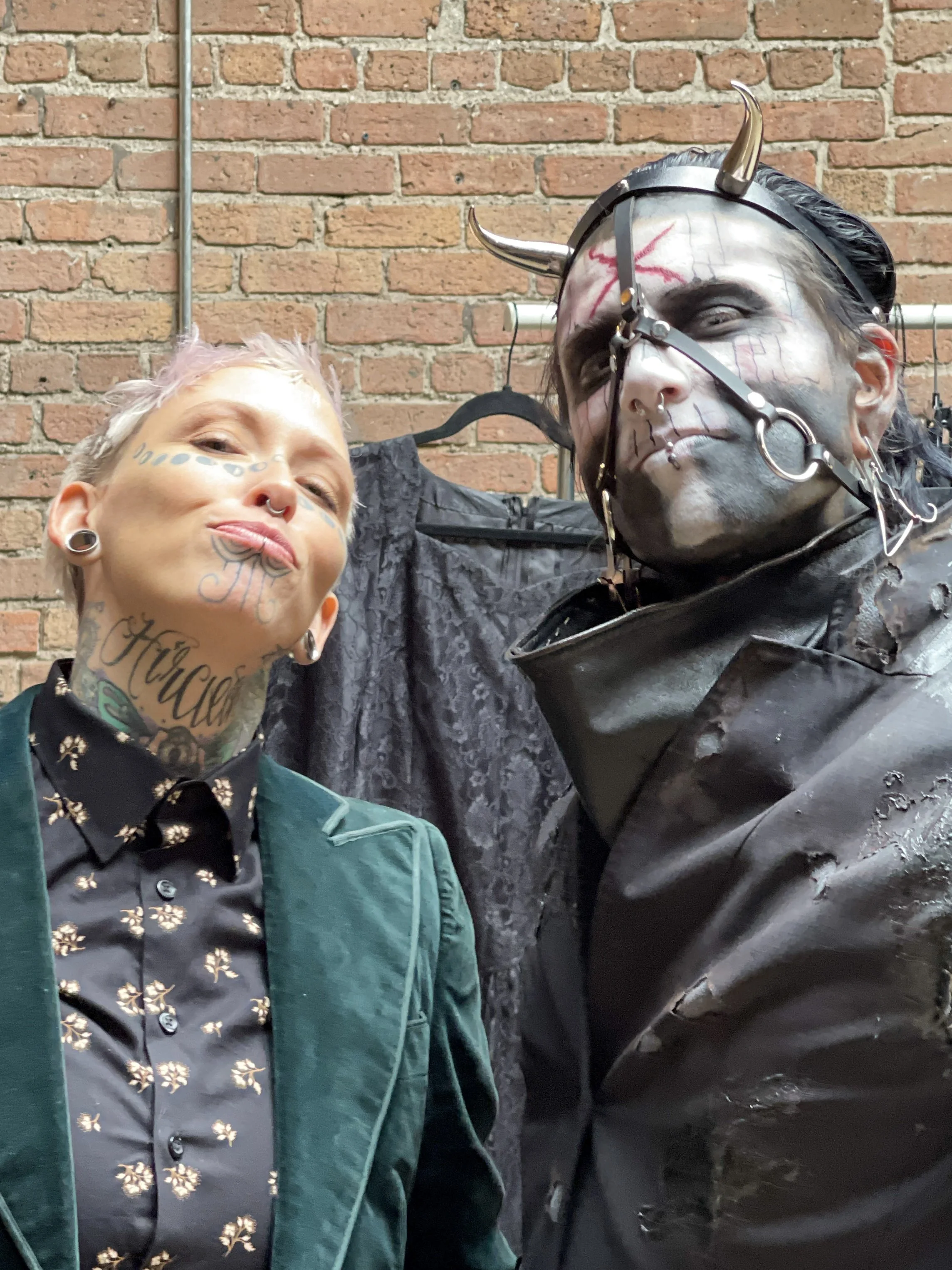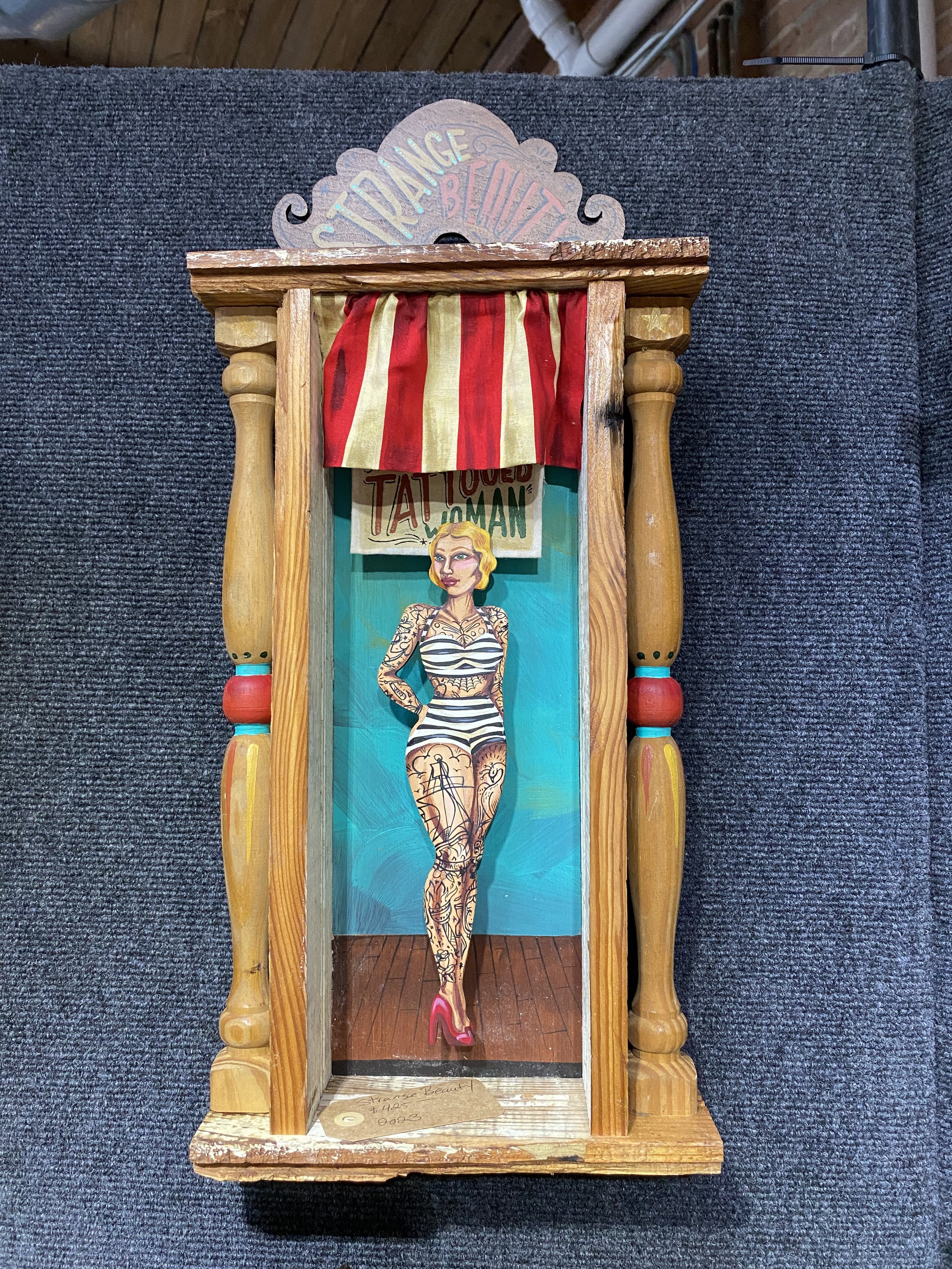From Phoenix to Flagstaff and Tucson, Arizona’s quirkiest museums celebrate the strange, the surprising and the downright delightful — including castles, miniatures and a spaceship you can sleep in.
Space Age Restaurant
Arizona is full of surprises. Beyond the epic landscapes of the Grand Canyon and the saguaro cacti standing tall under desert skies, the state is hiding treasures of a much quirkier variety. Tucked into small towns and side streets are museums that challenge convention, redefine curiosity and embrace the downright odd.
From tiny worlds that feel magically alive to reptilian tributes and intergalactic roadside stops, these spots don’t just entertain — they leave you marveling at the sheer weirdness and wonder of it all.
And for those travelers tracking both road miles and game day scores, Arizona sportsbooks offer a modern way to stay connected to the action — even while exploring copper cookware collections or UFO-themed motels.
The Mini Time Machine Museum of Miniatures
Tucson’s Mini Time Machine Museum of Miniatures is a marvel of detail and nostalgia, welcoming visitors into a labyrinth of over 500 tiny scenes that span genres, time periods and fantastical dimensions. Inside, entire Victorian parlors are re-created on a scale that fits in your palm.
You’ll wander past whimsical fairytale dioramas, snowy holiday villages, pirate coves and medieval castles so intricately constructed you might mistake them for real historical ruins, if not for their size.
Every room in the museum becomes a portal: One minute you’re peeking into a perfectly replicated 18th century salon; the next you’re gazing at a futuristic cityscape with hover cars no bigger than buttons.
Whether you’re a seasoned collector or a wide-eyed child, it’s impossible not to leave without a new appreciation for craftsmanship at its smallest scale. And somewhere between the dollhouse graveyards and tiny saloons, grownups find themselves grinning like they’re 6 again.
The Mini Time Machine Museum of Miniatures
Phone: 520-881-0606
4455 East Camp Lowell Drive
Tucson, AZ 85712
Arizona Copper Art Museum
Clarkdale’s Arizona Copper Art Museum celebrates the state’s mining legacy. The sprawling collection features pieces ranging from medieval copper armor and royal cookware to champagne buckets, fireman’s nozzles and intricate decorative tiles. What ties them all together is copper — glinting under soft museum lights, speaking to both history and metallurgy.
Exhibits are curated in ways that surprise and delight. One hallway presents antique kitchen wares gleaming like modern art. Another showcases battlefield gear worn by knights, side-by-side with World War-era artillery shells. It’s a reminder that this reddish metal didn’t just fuel Arizona’s economy — it shaped global culture, war, art and survival.
Every gleam and shimmer is an invitation to reflect on how something so industrial could also be so beautiful.
Phone: 928-649-1858
849 Main Street
Clarkdale, AZ 86324
Best Western Space Age Lodge
Out in Gila Bend, just off I-8, rises one of Arizona’s most delightfully kitschy landmarks: the Best Western Space Age Lodge. With its retro-futuristic design, spaceship signage and UFO murals, it’s part motel, part time capsule — and all in on the space theme.
Originally opened in the 1960s during the height of the Space Race, the lodge has leaned into its Jetsons-style charm ever since. The rooms are named after celestial bodies, the onsite Space Age Restaurant serves comfort food under a flying saucer ceiling, and the whole place lights up at night like a sci-fi movie set that never quite made it to Hollywood.
You’ll get an affordable stay with a side of pure Americana that’s out of this world. It’s not Area 51 — but it’s arguably the next best thing if you’re cruising through the Arizona desert and want a photo op with an alien.
Phone: 928-683-2273
401 East Pima Street
Gila Bend, AZ 85337
The Museum of Indigenous People
The former Smoki Museum in Prescott is both a tribute and a reckoning. Originally founded by a group of White locals who imitated Native American ceremonies, the museum has since undergone a profound transformation. Today, it works to honor and accurately represent indigenous cultures, particularly those from the Southwest.
Artifacts include baskets, jewelry and ceremonial dress — displayed with proper context and respect. Educational panels address the museum’s problematic origins head-on, encouraging visitors to reflect on cultural appropriation, reconciliation and responsibility. It’s one of Arizona’s most thought-provoking and evolving cultural centers.
The Museum of Indigenous People
Phone: 928-445-1230
147 North Arizona Avenue
Prescott, AZ 86301
The Tombstone Epitaph Newspaper and Museum
In Tombstone — the town too tough to die — you’ll find the Epitaph museum, chronicling one of the most famous newspapers of the Old West. This isn’t just a collection of dusty front pages. It’s a walk through Arizona’s journalistic grit, with stories of gunfights, outlaws and frontier justice printed with inky pride.
You can see the original press, learn about the life and times of editor John Clum, and even buy reprints of iconic headlines, including coverage of the legendary O.K. Corral shootout. It’s a slice of media history served with a shot of whiskey-flavored nostalgia.
The Tombstone Epitaph Newspaper and Museum
Phone: 520-457-2211
11 South 5th Street
Tombstone, AZ 85638
Museum of Northern Arizona
The Museum of Northern Arizona sits at the edge of the San Francisco Peaks, offering a blend of anthropology, biology and indigenous heritage. From ancient Hopi pottery to fossils of Triassic creatures, the exhibits build a timeline that connects people and planet in an unforgettable arc.
Highlights include breathtaking Navajo textiles, intricate Zuni carvings, and live geology demonstrations that reveal how this rugged terrain came to be. For travelers looking to balance their oddball adventures with a dose of scholarly wonder, this stop in Flagstaff is a must.
Phone: 928-774-5213
3101 North Fort Valley Road
Flagstaff, AZ 86001
San Carlos Apache Cultural Museum
The Apache Cultural Museum provides an intimate, deeply personal look at this indigenous band’s history and heritage. Unlike larger institutions, it’s run by local Apache people, and that authenticity pulses through every artifact and story.
Weapons, cradleboards, beadwork and historical photos line the walls. But it’s the oral histories — passed from elder to youth — that give the space its heartbeat. Visitors leave not just with facts, but with faces and names, and a deeper respect for what it means to carry cultural identity through centuries of struggle and survival.
San Carlos Apache Cultural Museum
Phone: 928-475-2894
Mile Marker 272
Highway 70
Peridot, AZ 85542
Tovrea Castle at Carraro Heights
Tovrea Castle looms over Phoenix like a three-tiered cake sculpted by whimsy and desert dreams. Built in the 1930s by Italian immigrant Alessio Carraro, the structure was intended as a hotel but quickly became a curiosity. Surrounded by 44 acres of cactus gardens, it looks like something out of a surrealist Western film.
Tours are available by reservation only, adding to its air of exclusivity and mystery. Inside, guests get a look at vintage furnishings and learn the strange history of the Carraro family’s ambitions — and how this castle became one of Arizona’s most iconic roadside silhouettes.
Tovrea Castle at Carraro Heights
Phone: 602-256-3221
5025 East Van Buren Street
Phoenix, AZ 85008
From Jim Roark’s Metal Monsters exhibit at the Museum of Miniatures
Arizona’s Weird Is Wonderful
Arizona doesn’t hide its oddities. It flaunts them. Each museum, collection or offbeat roadside stop is a love letter to curiosity, eccentricity and stories that don’t fit into mainstream museum walls. Whether you’re marveling at miniature furniture, learning about indigenous customs, or debating alien contact with a man in a tinfoil hat, you’re taking part in a state-sized celebration of the unexpected.
So load up the car, keep your eyes peeled for copper armor and friendly E.T.s, and embrace the wild, weird wonder that’s Arizona’s museum scene.


